
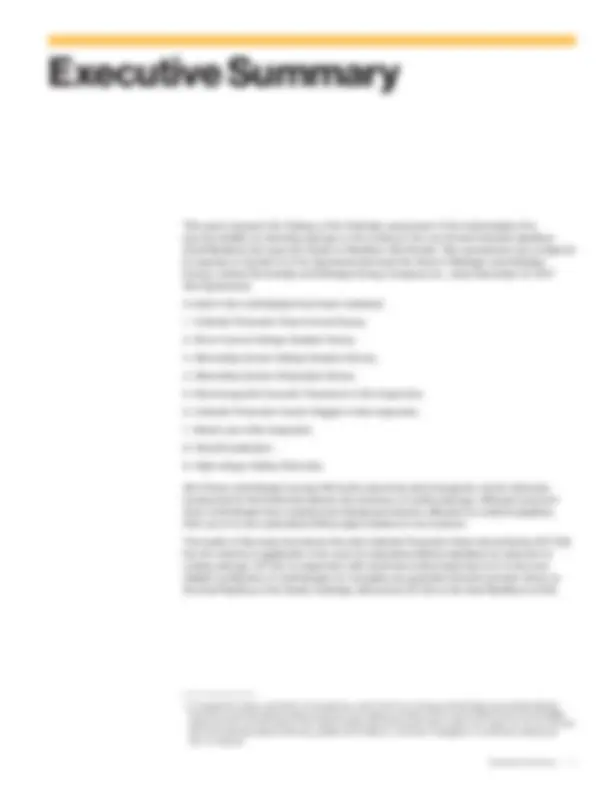
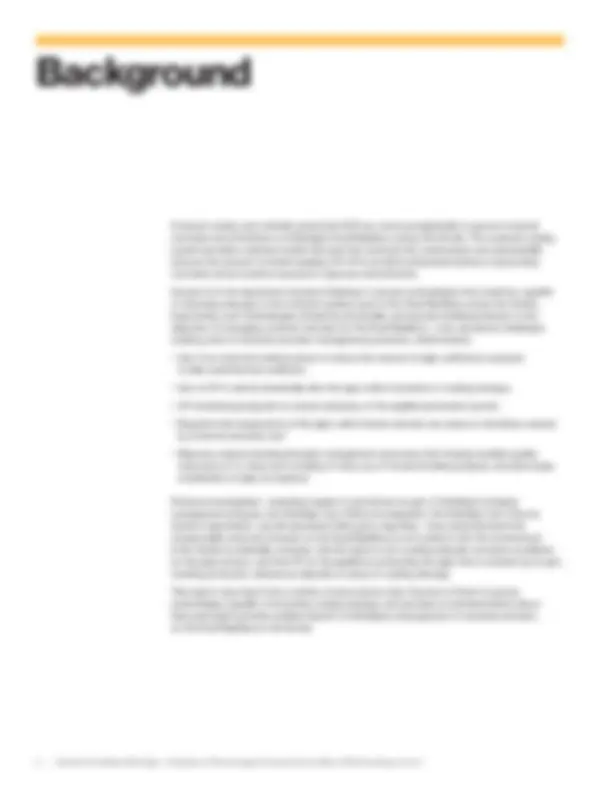
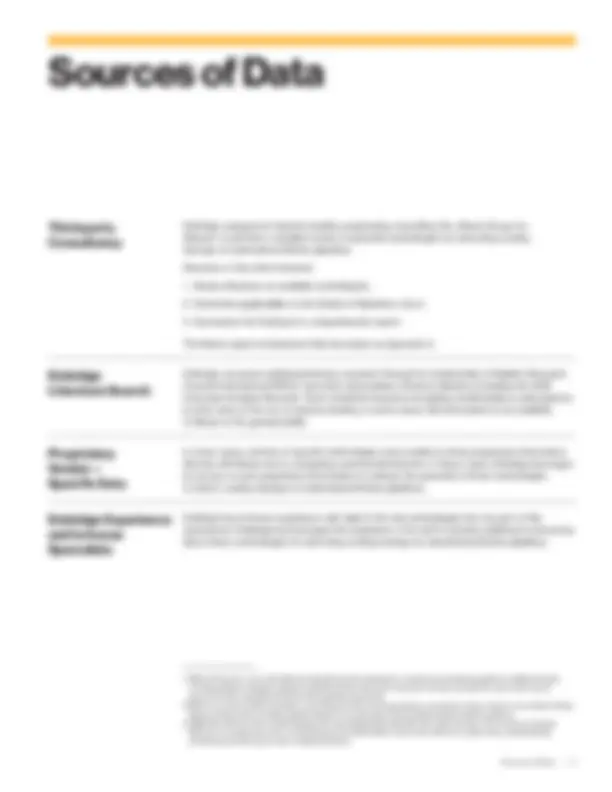
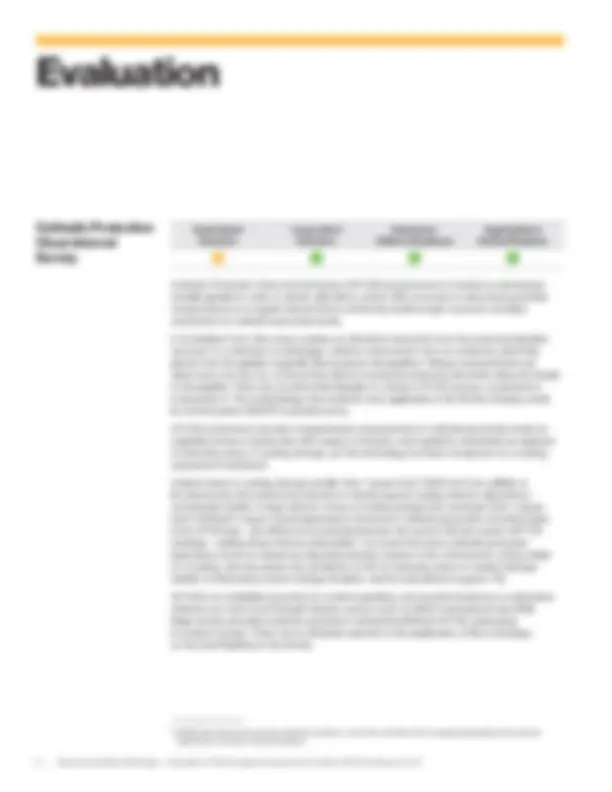
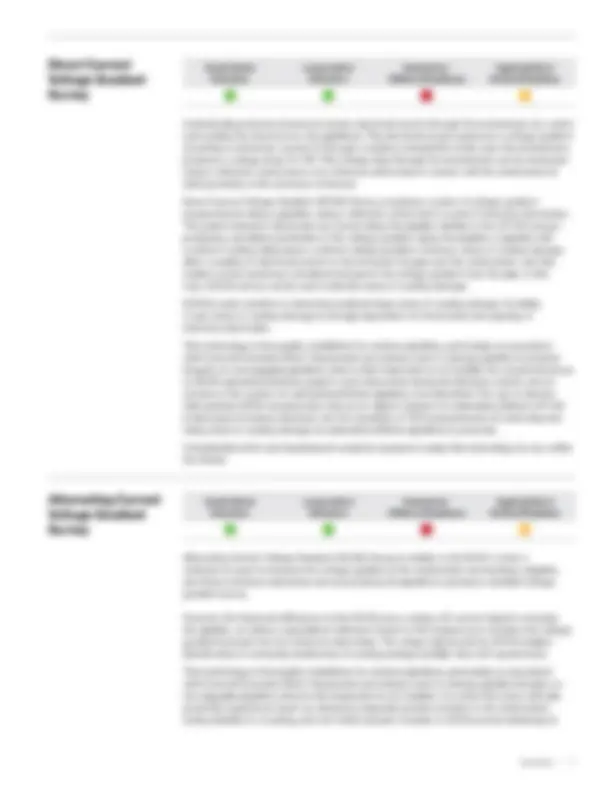
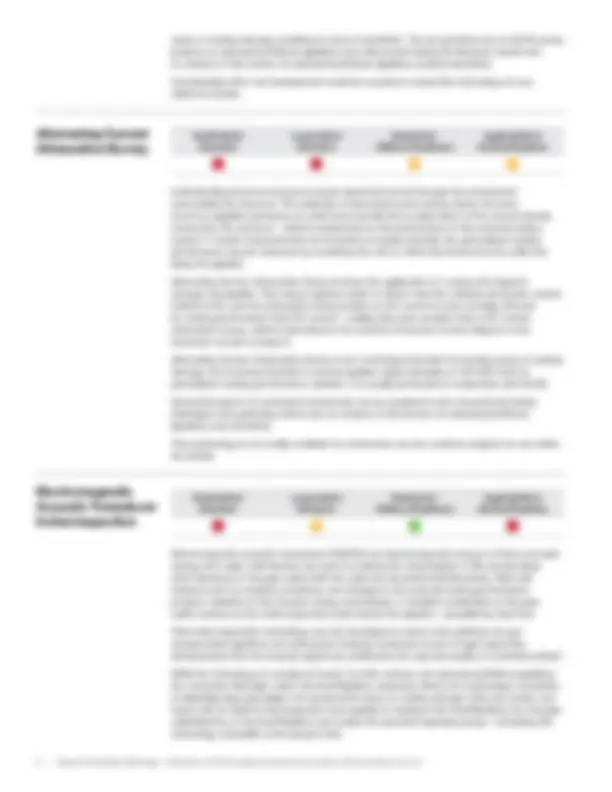
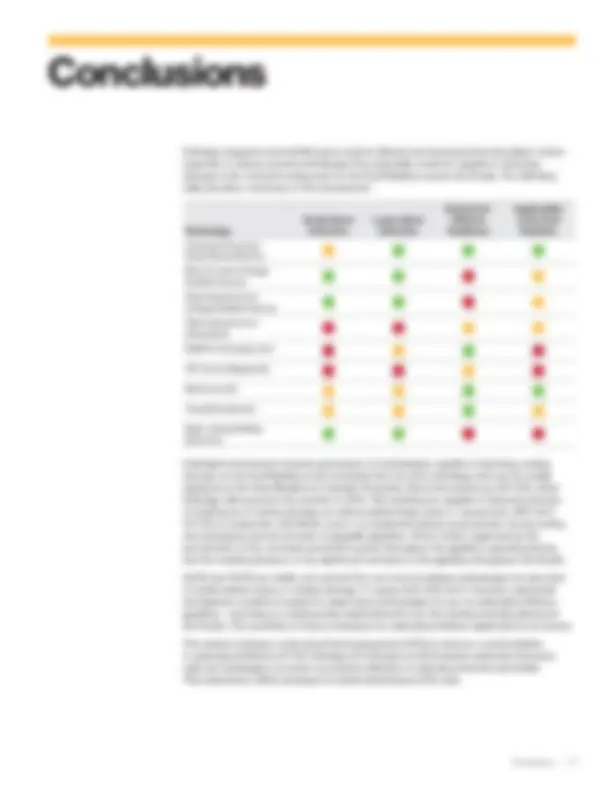
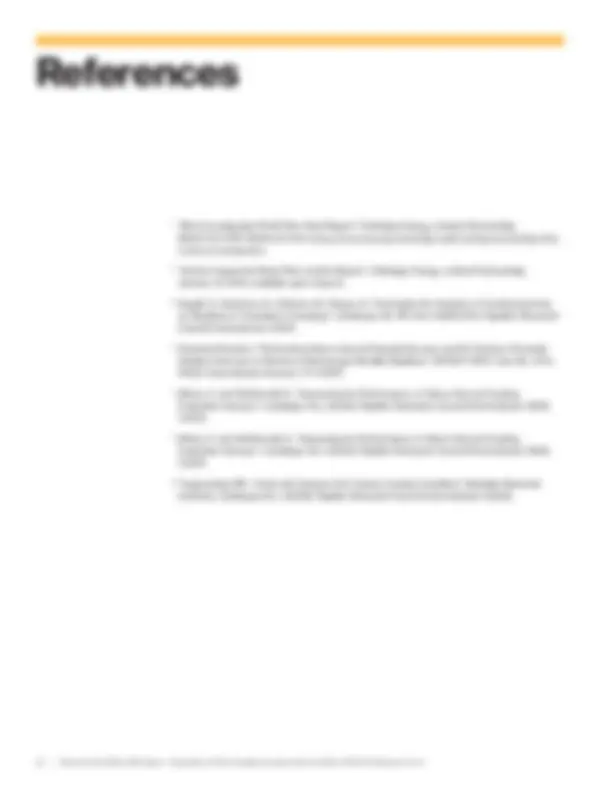

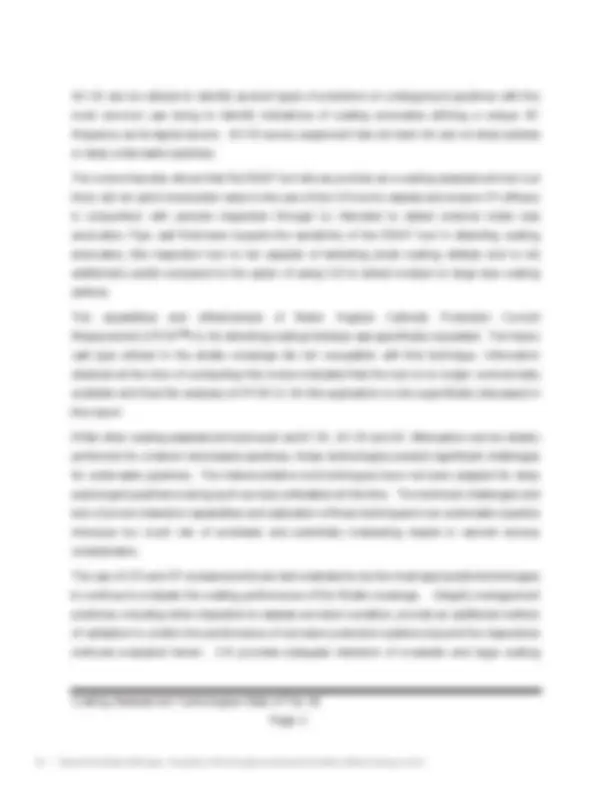

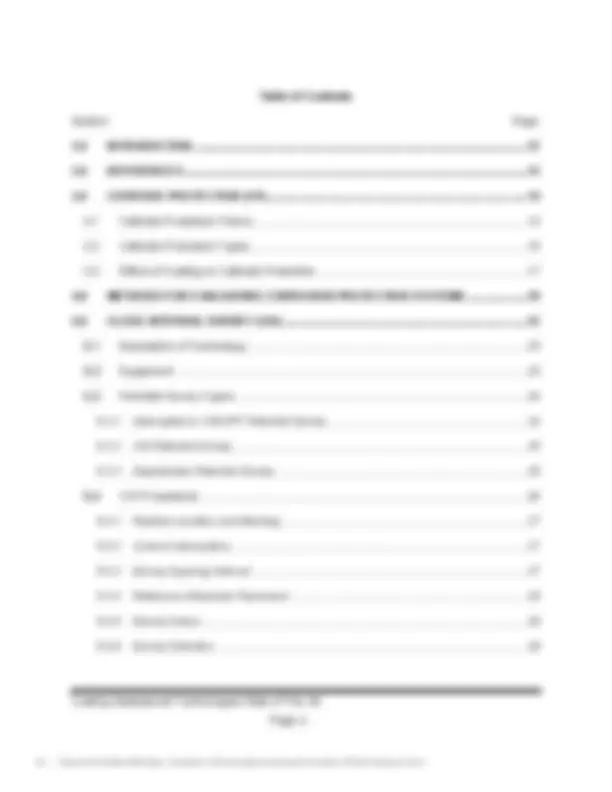
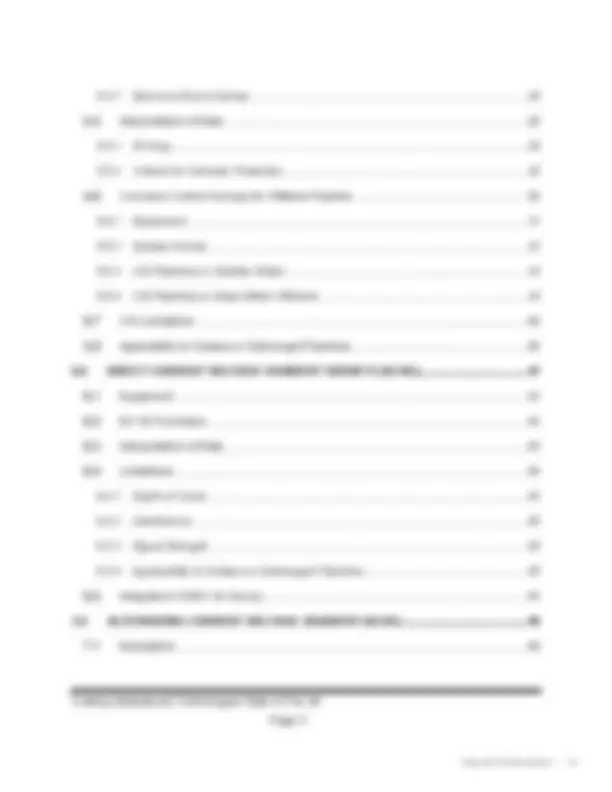
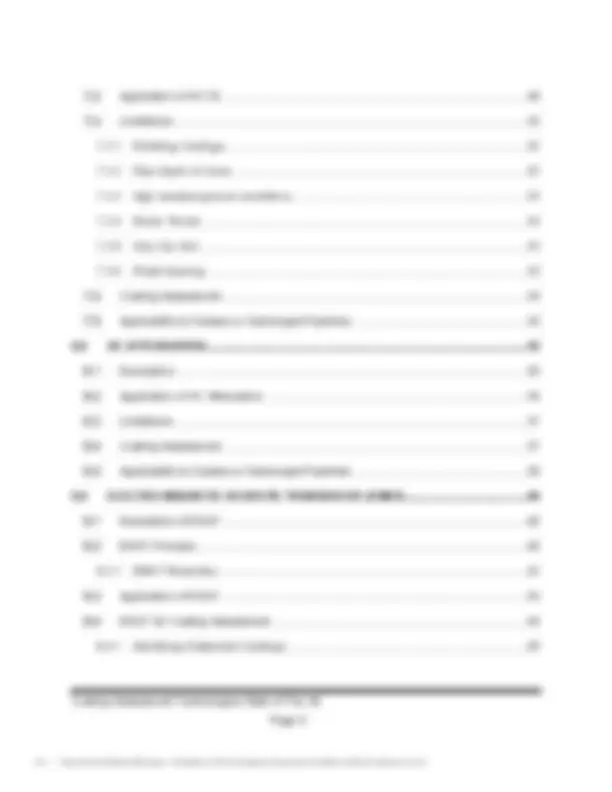
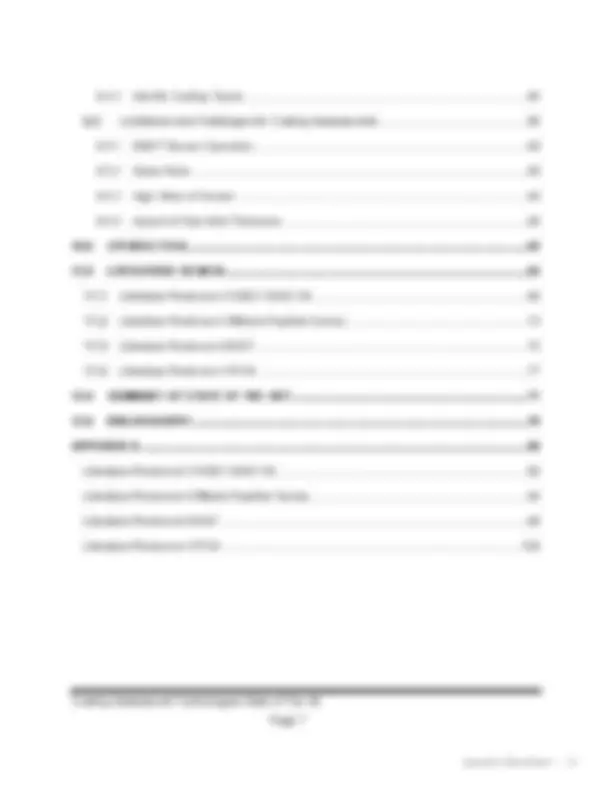

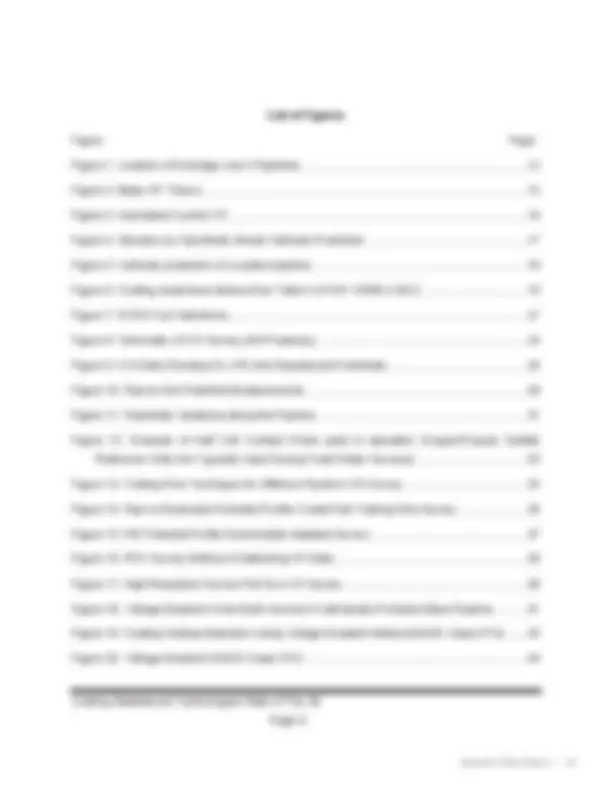

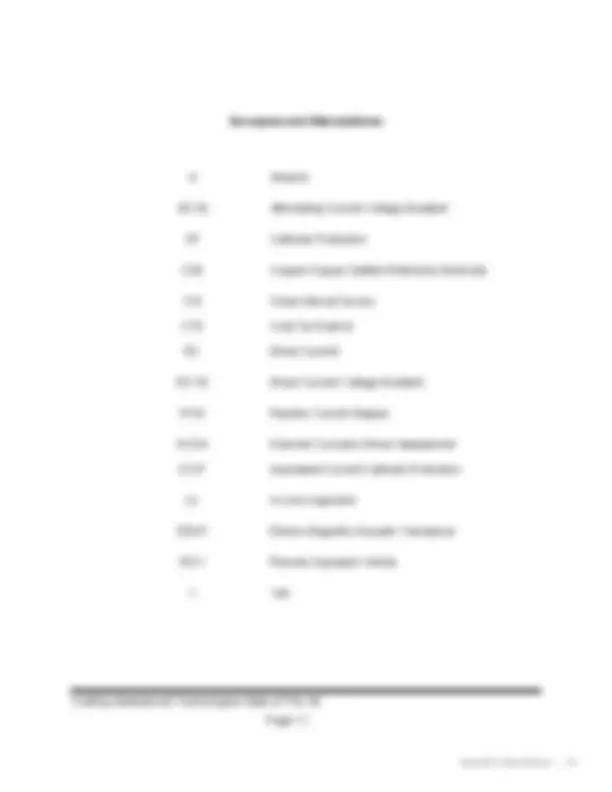
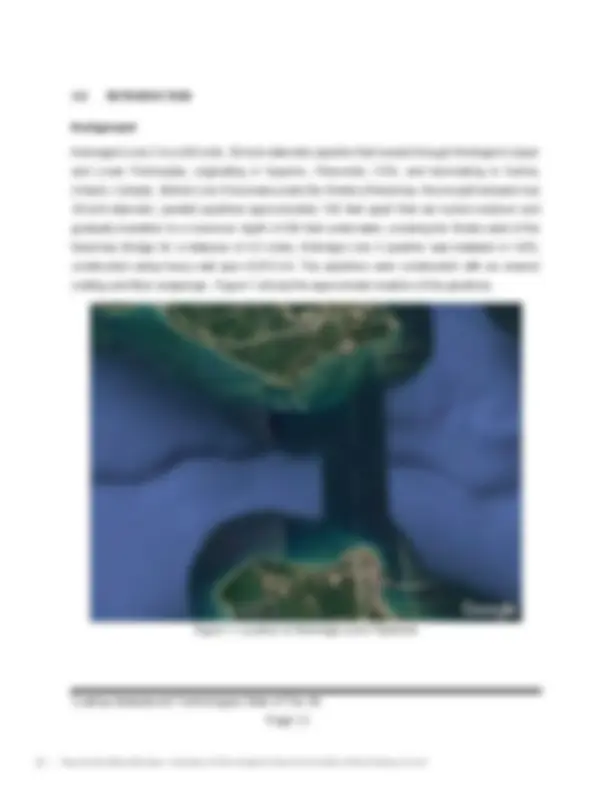
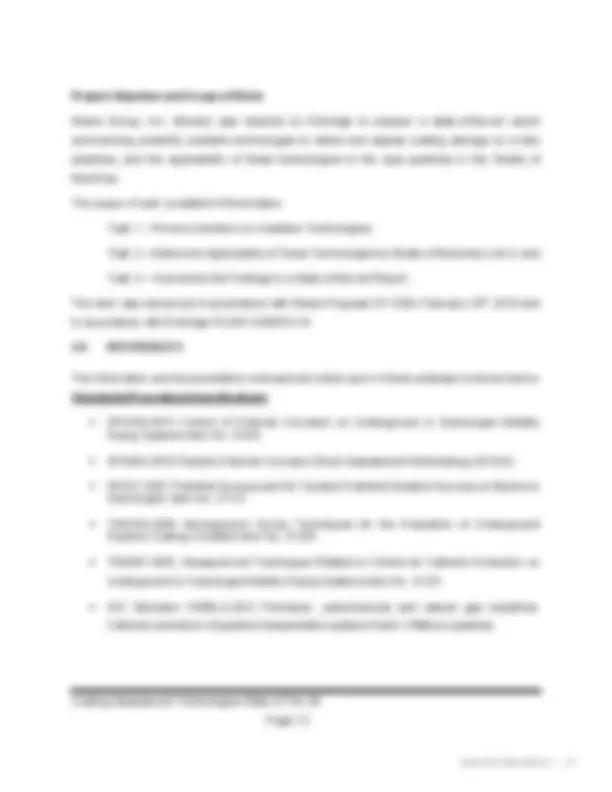
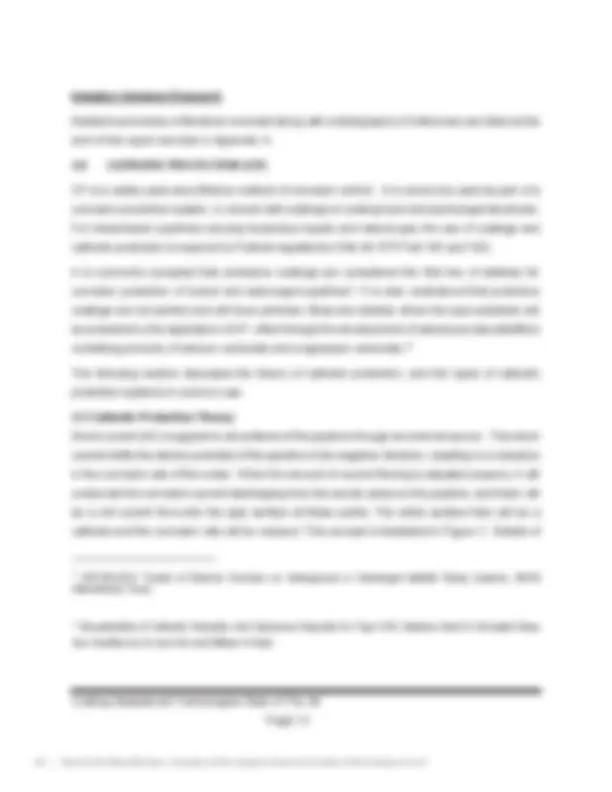
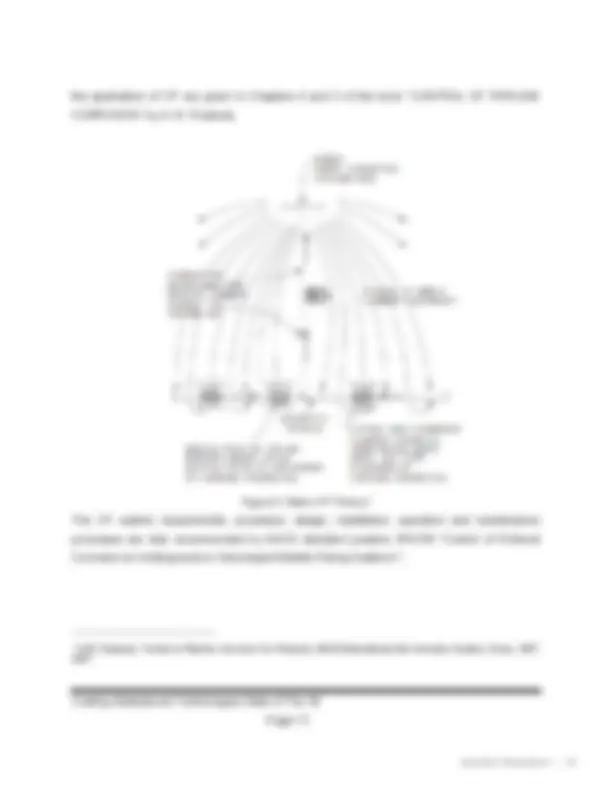
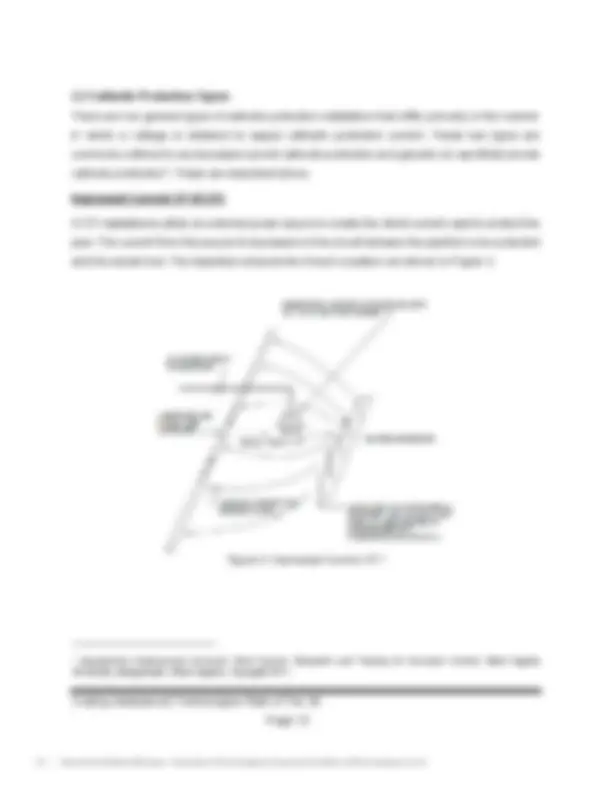
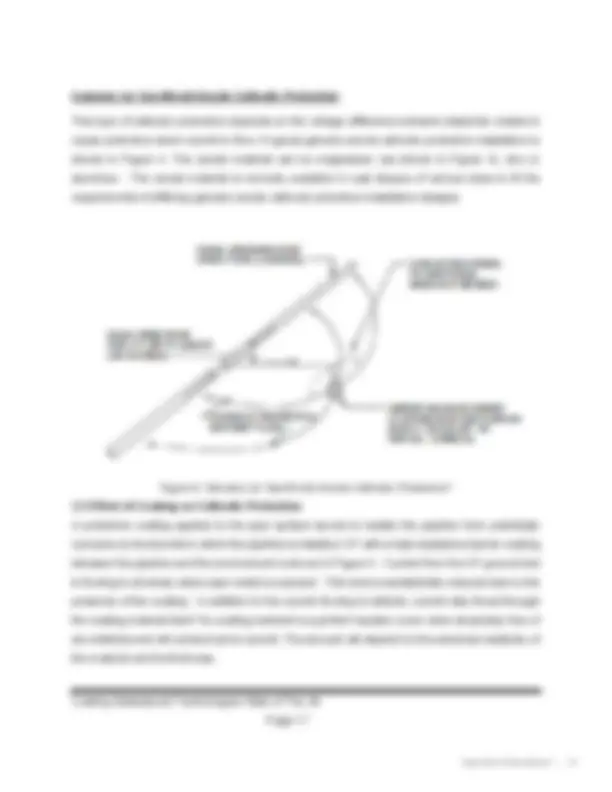
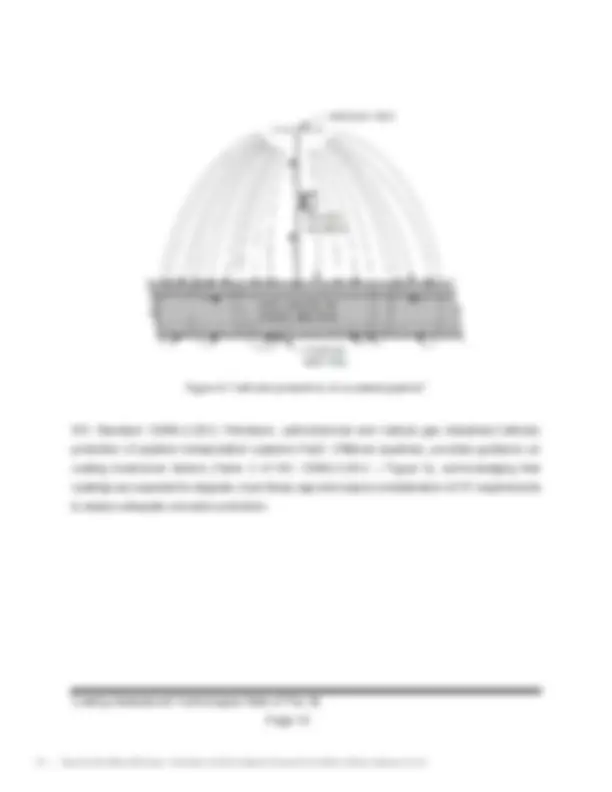
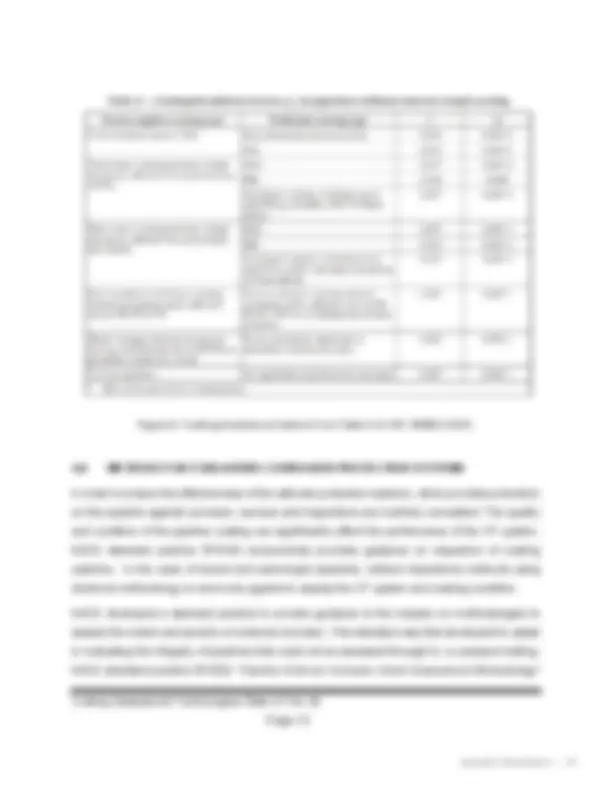
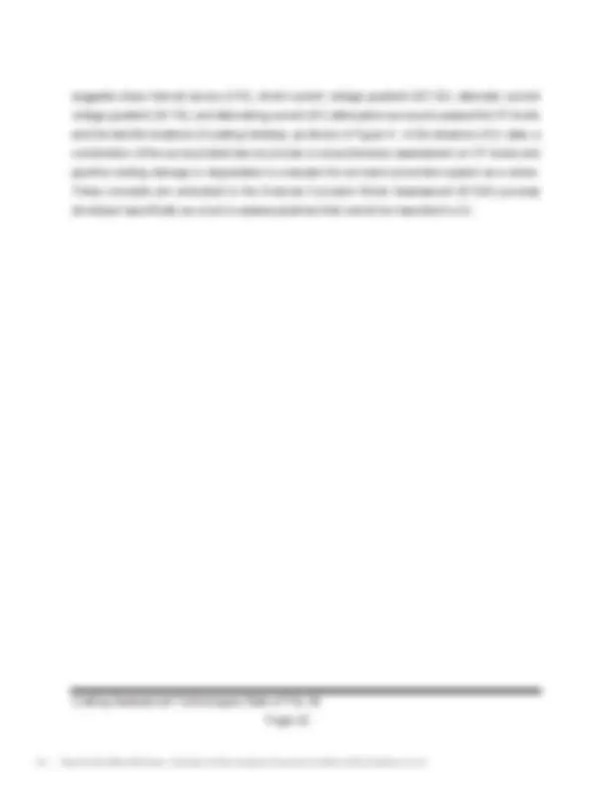
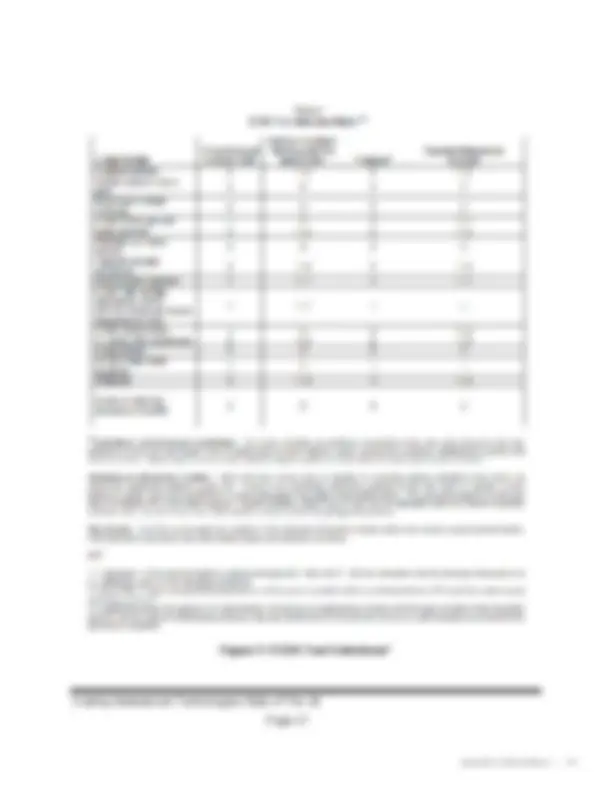
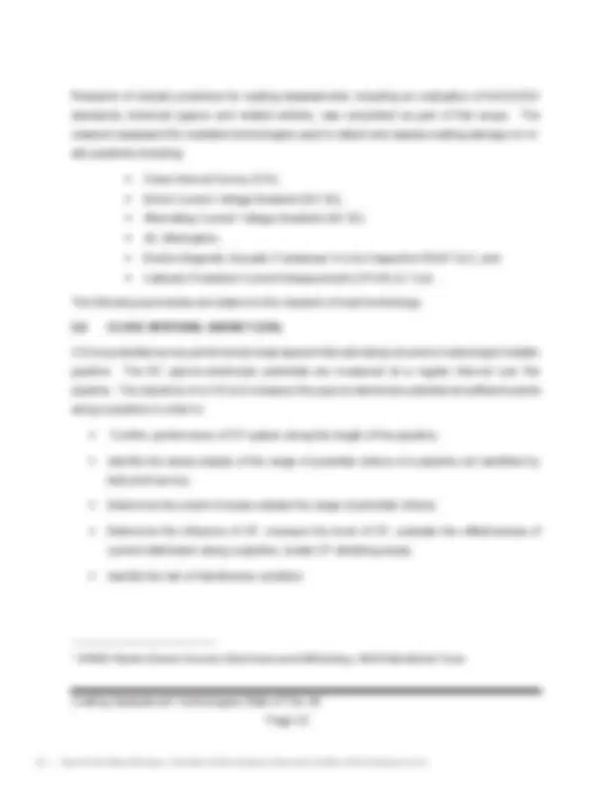
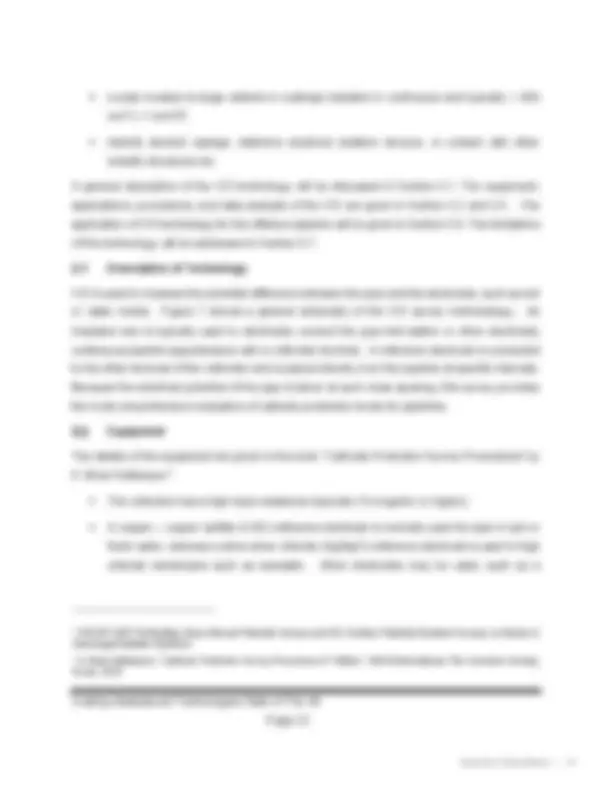
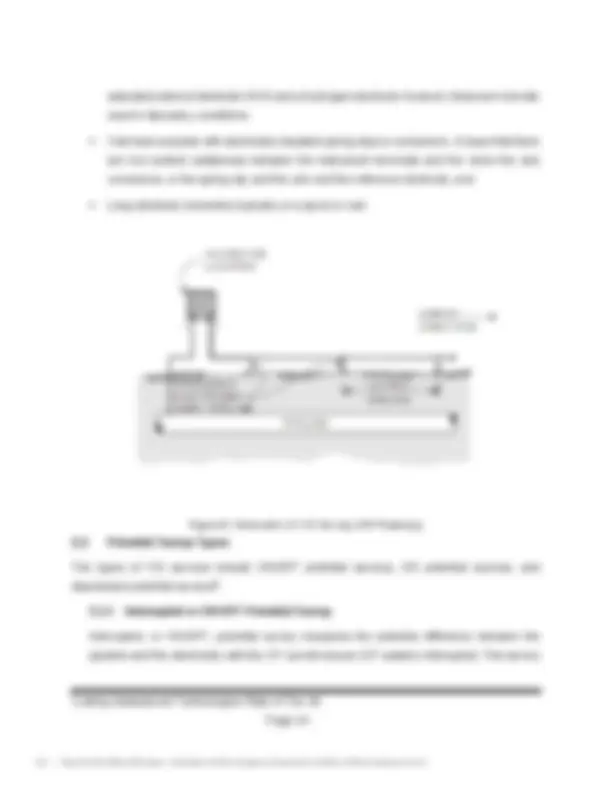
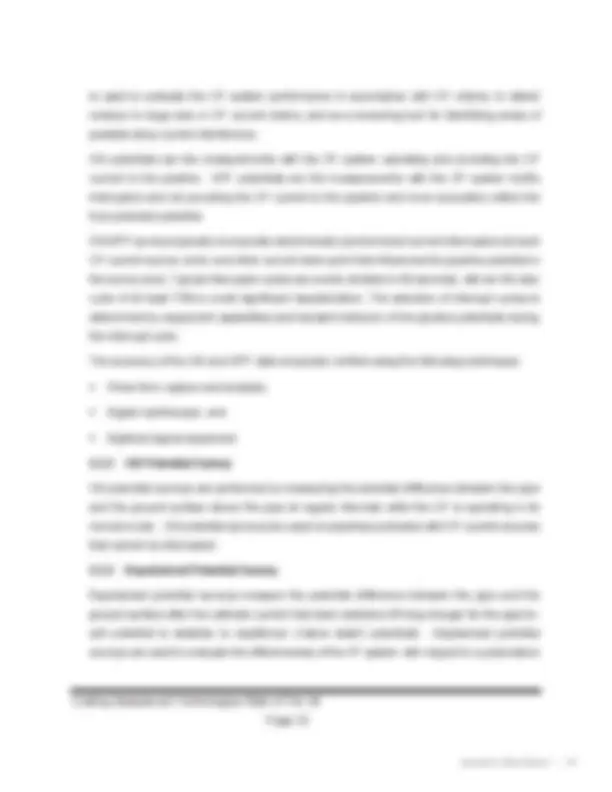
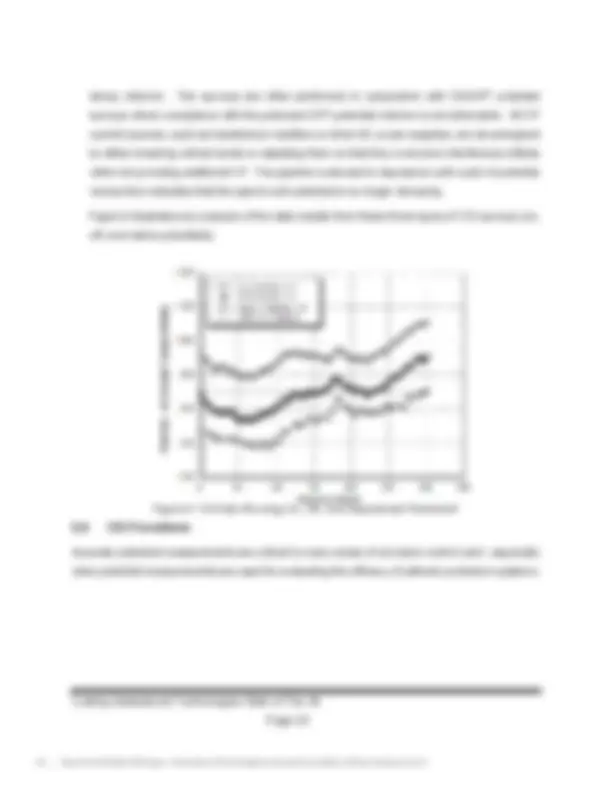
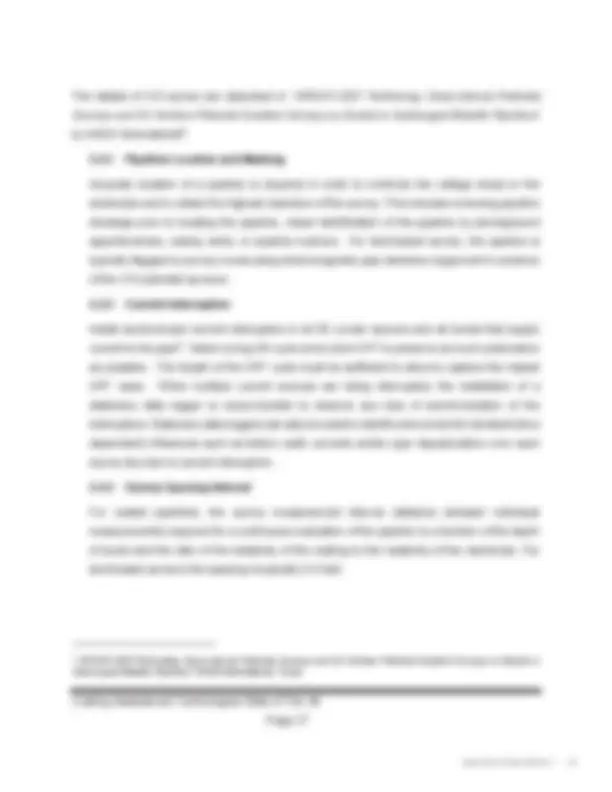
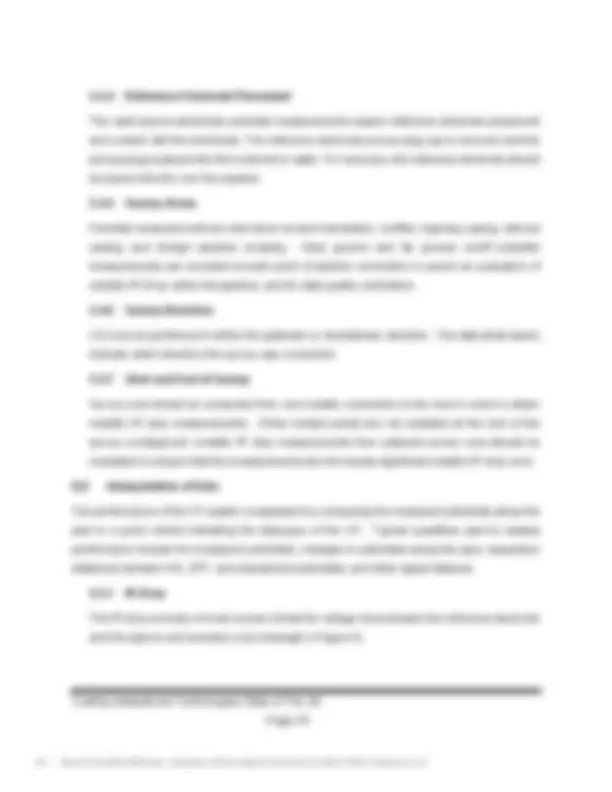
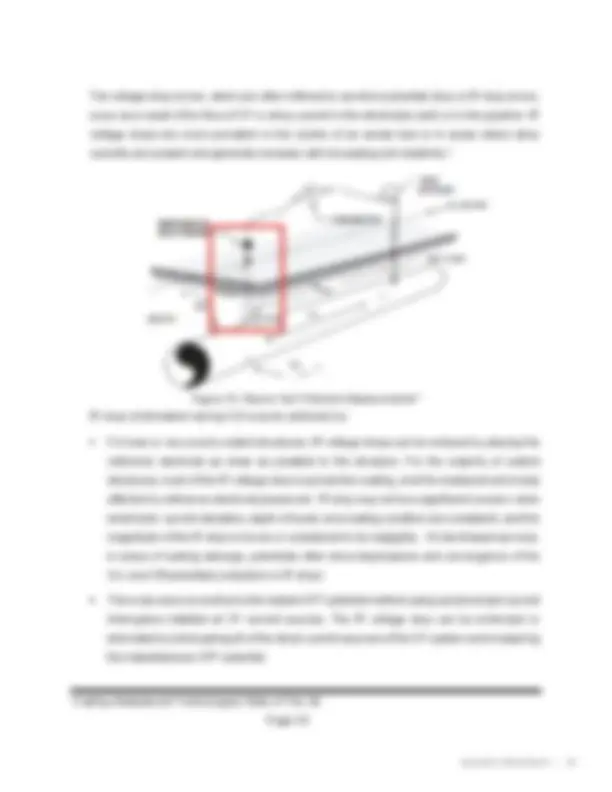
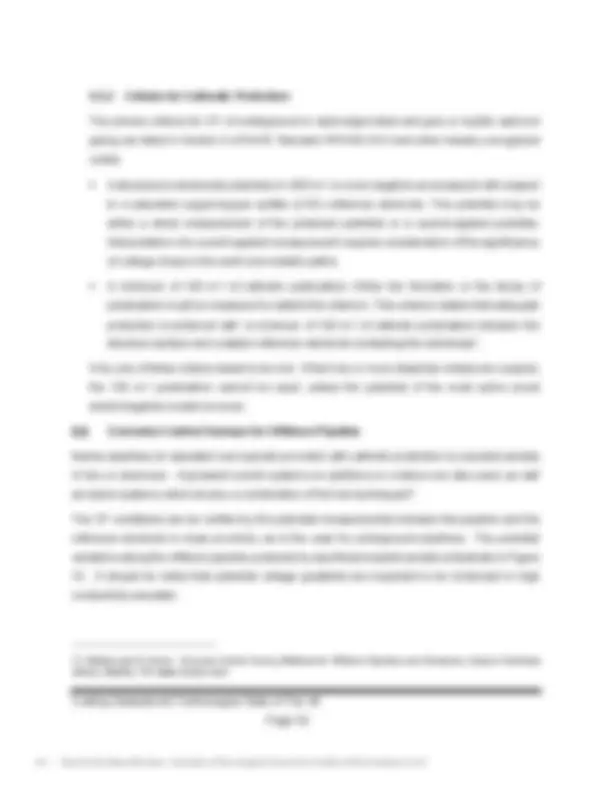
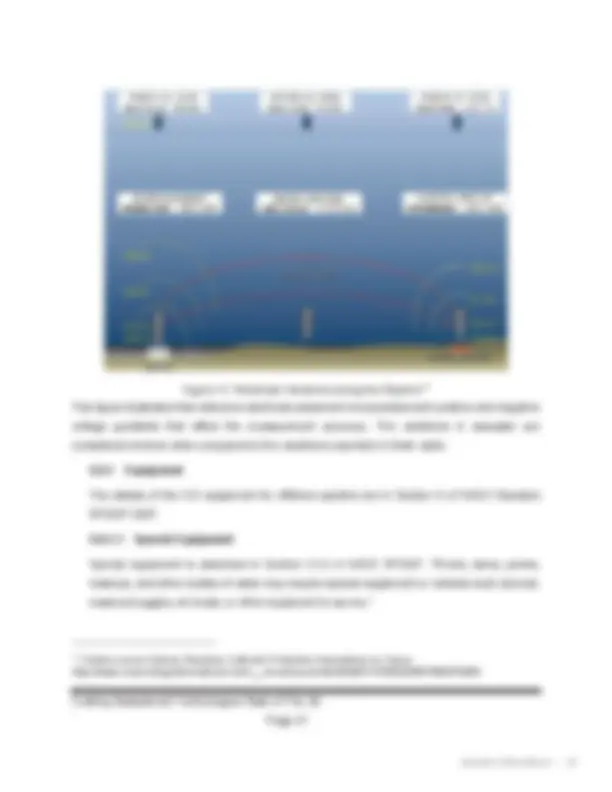
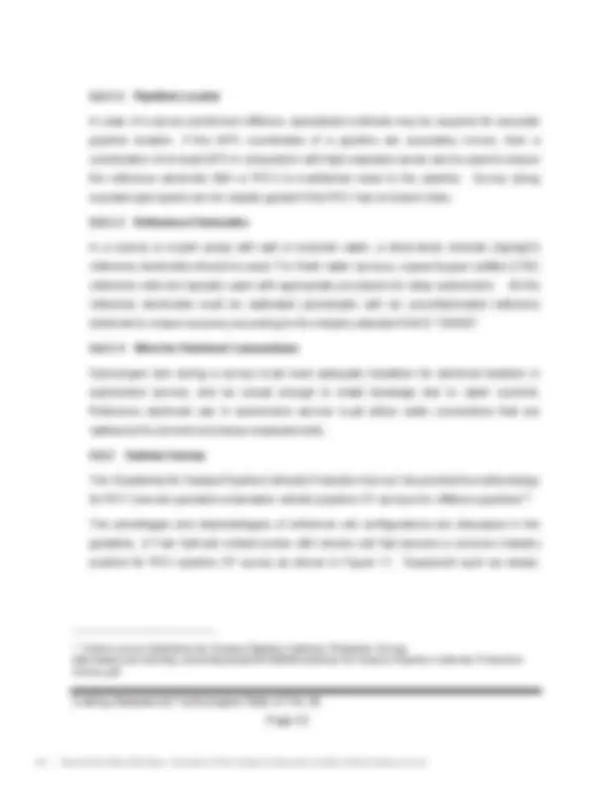
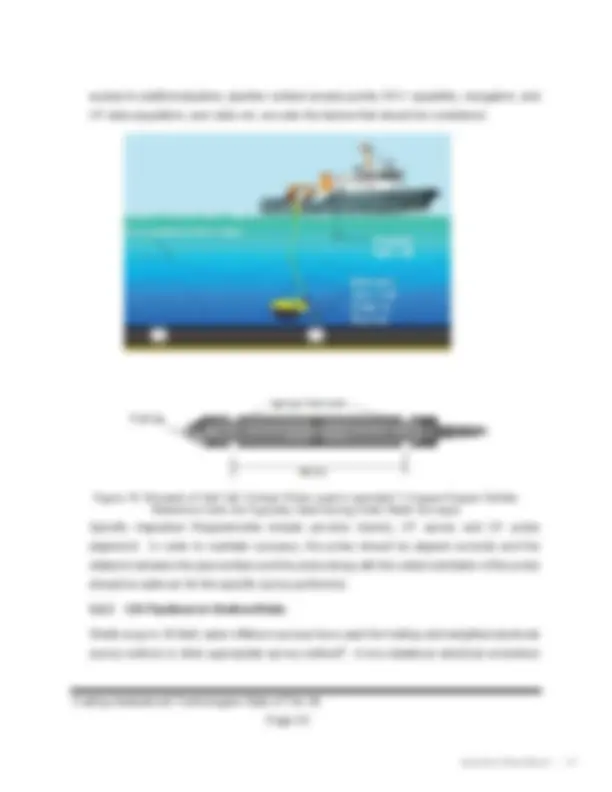
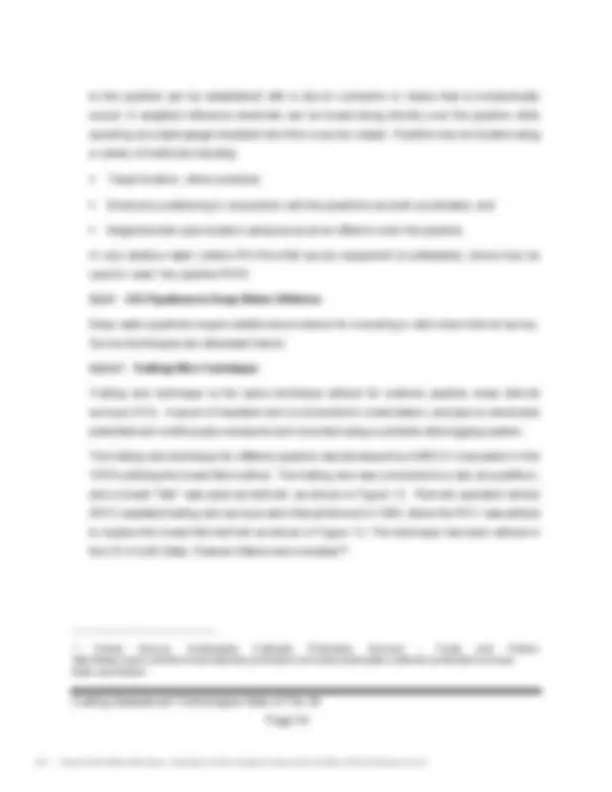
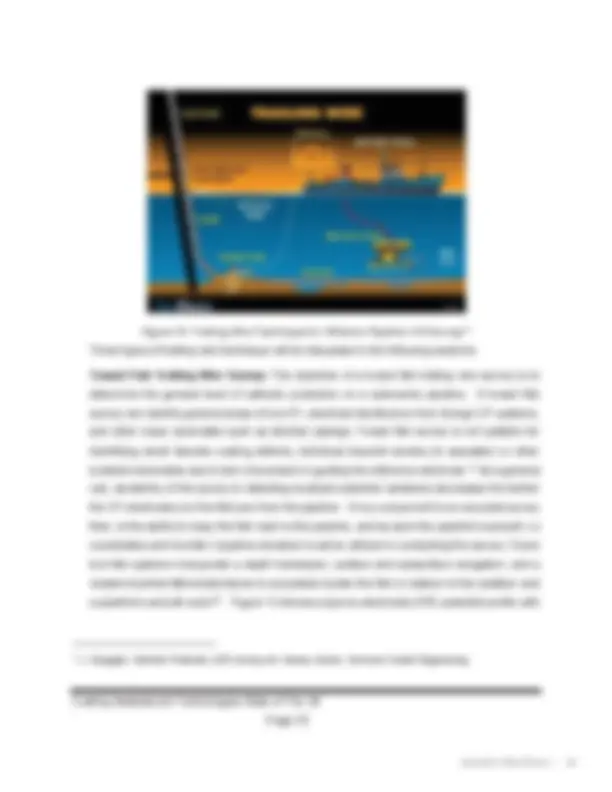
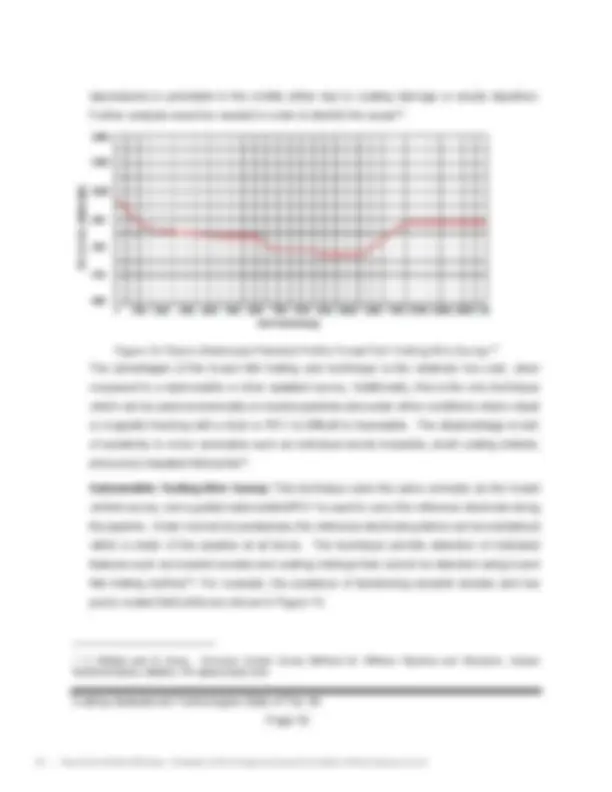
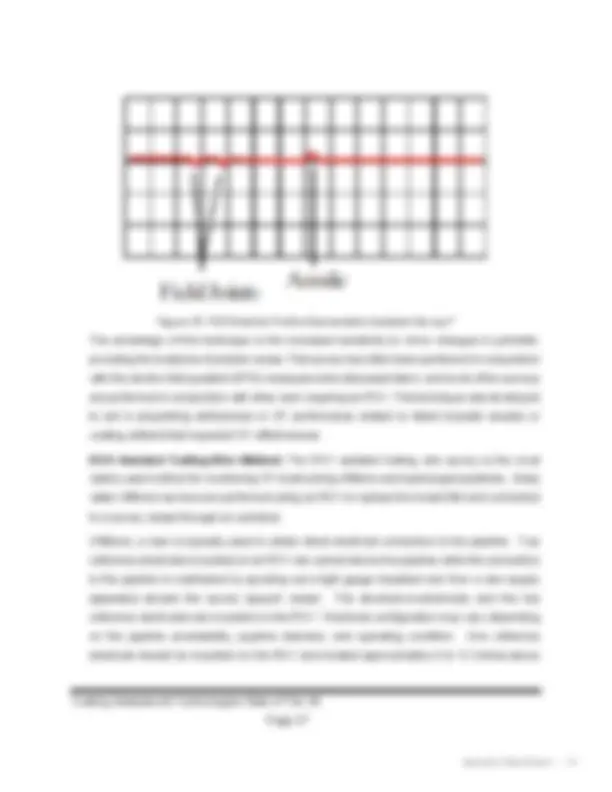
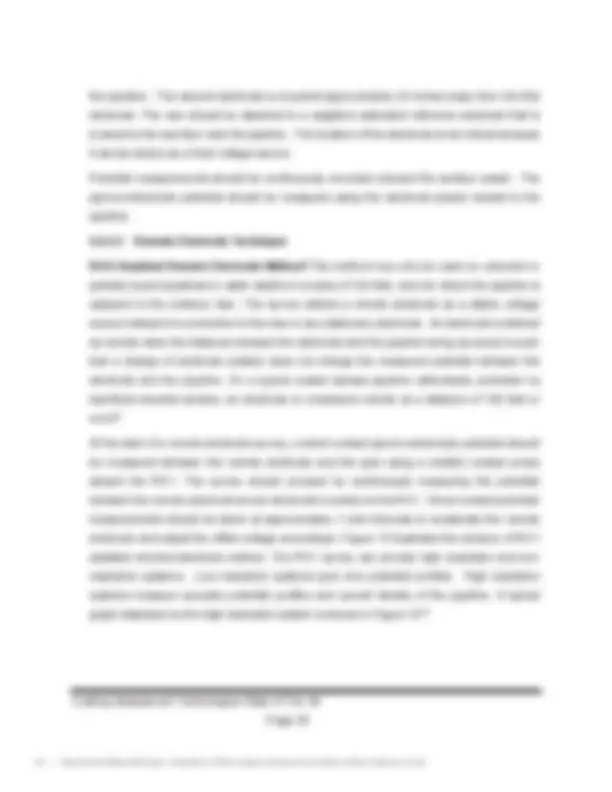
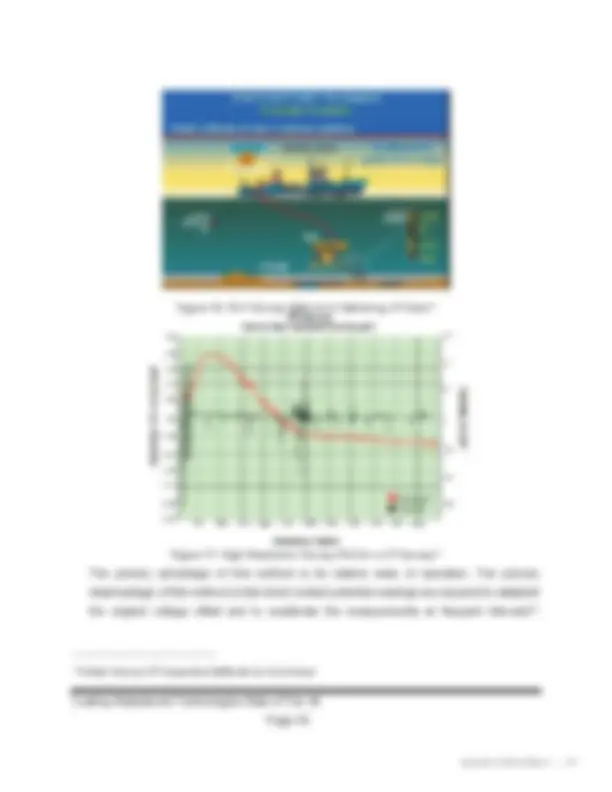
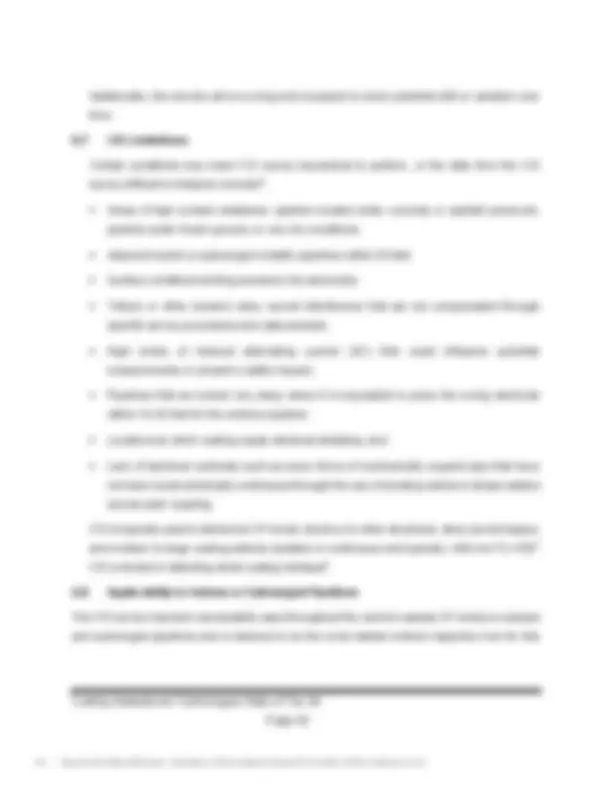
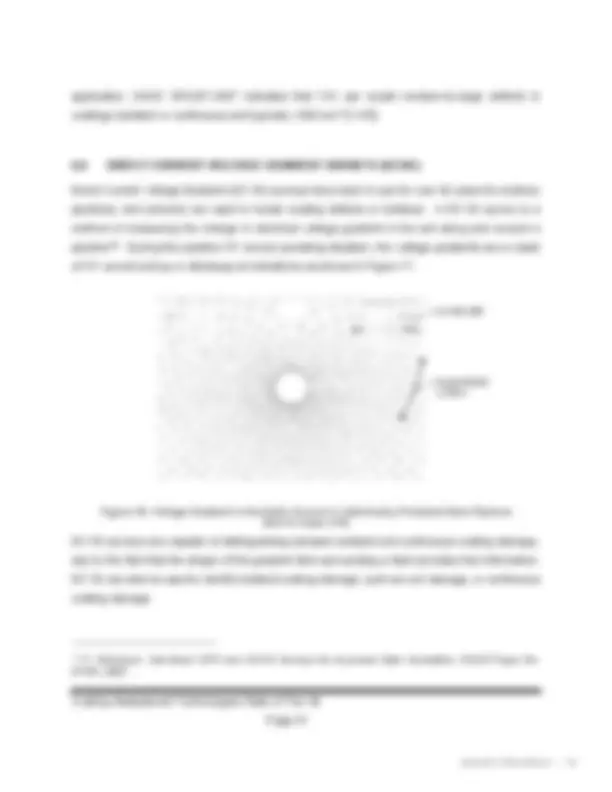
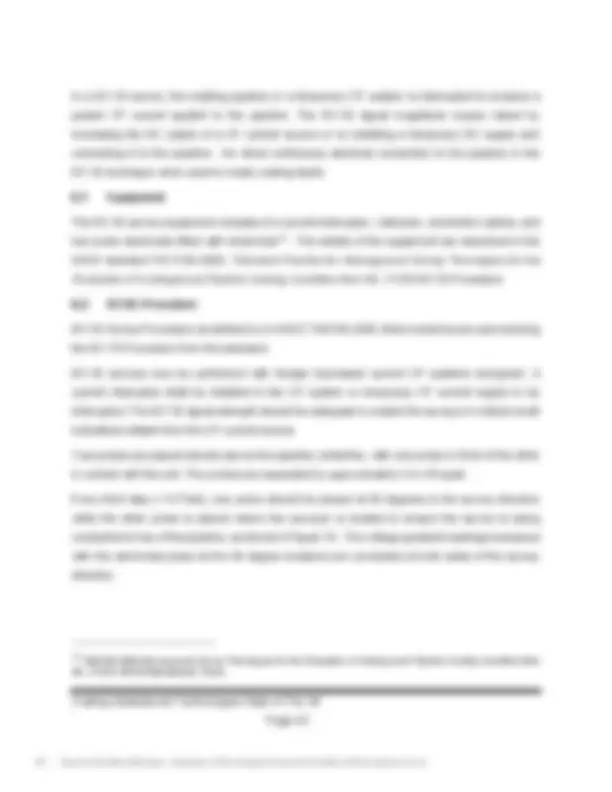
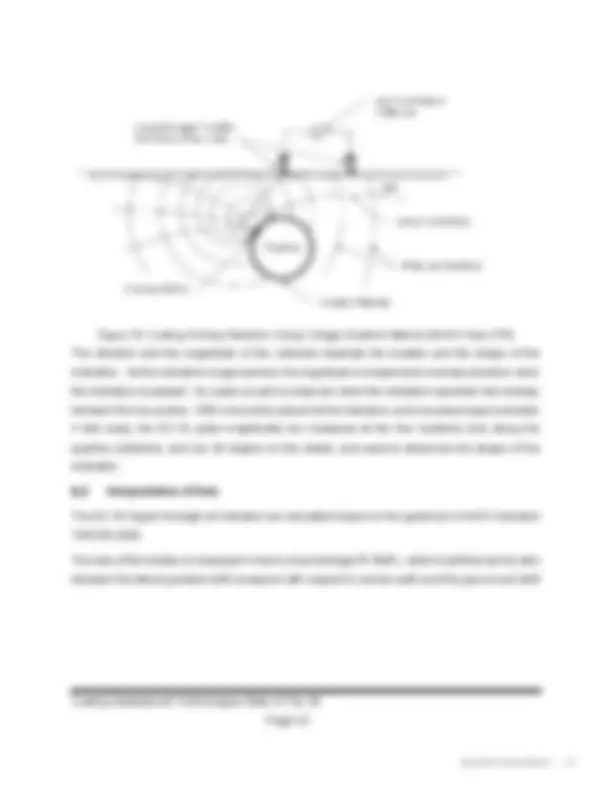
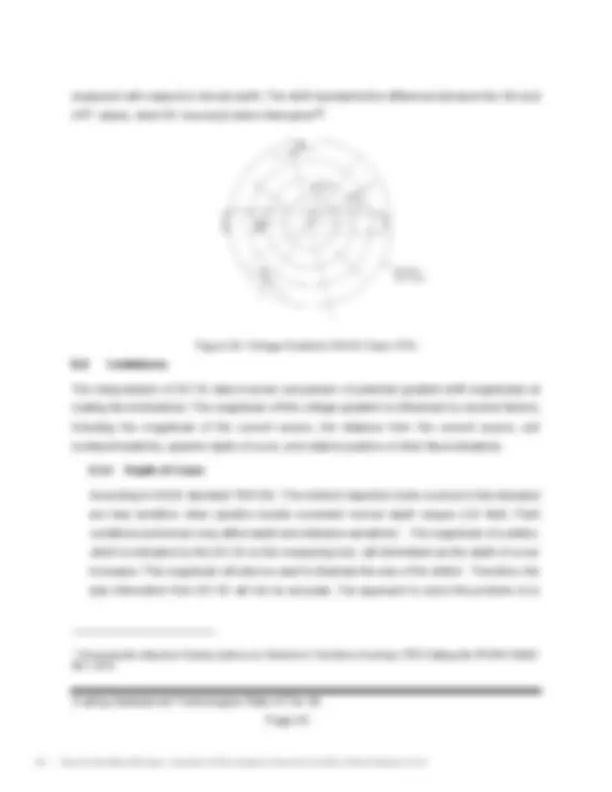
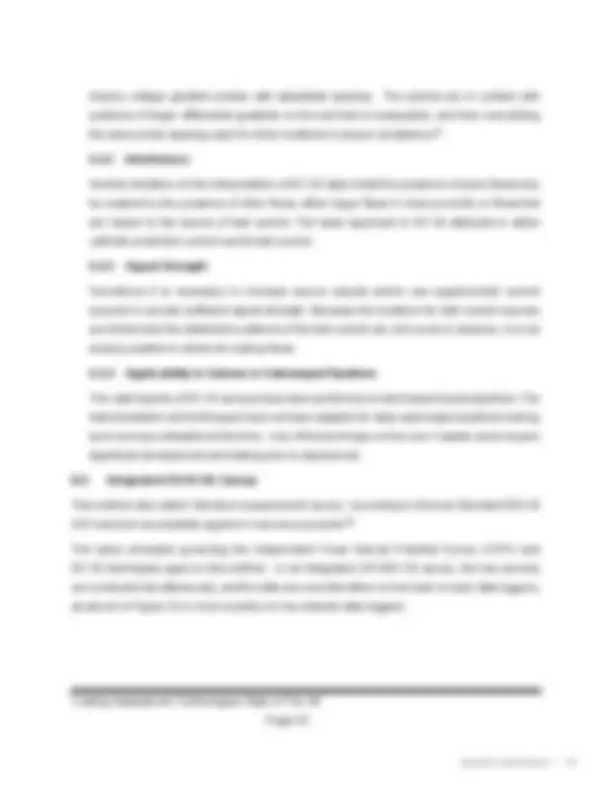
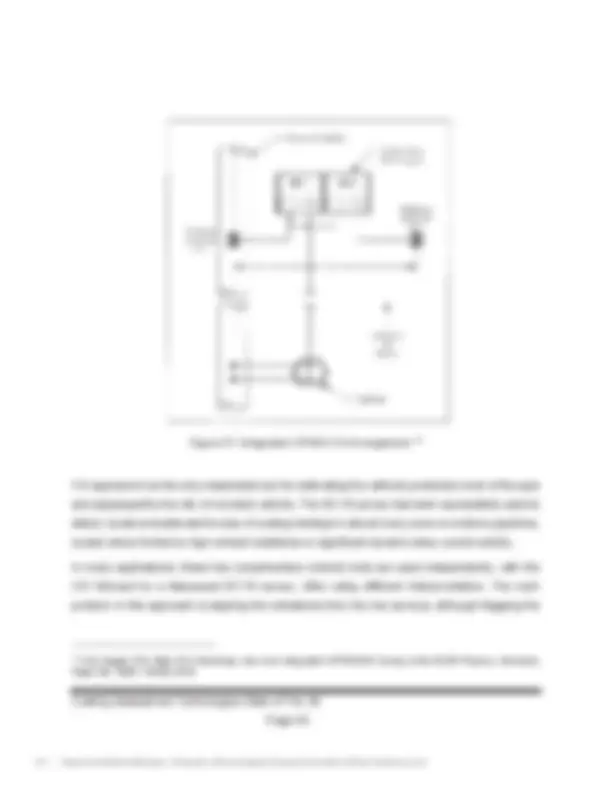
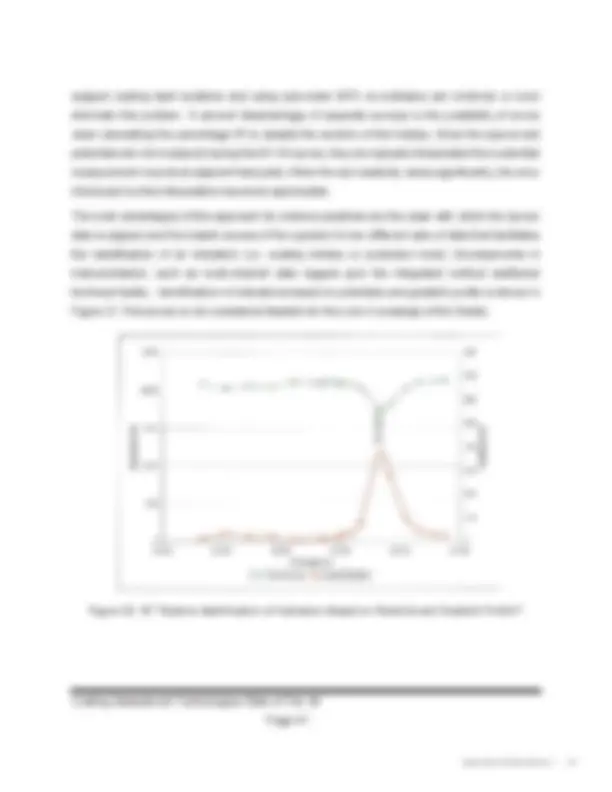
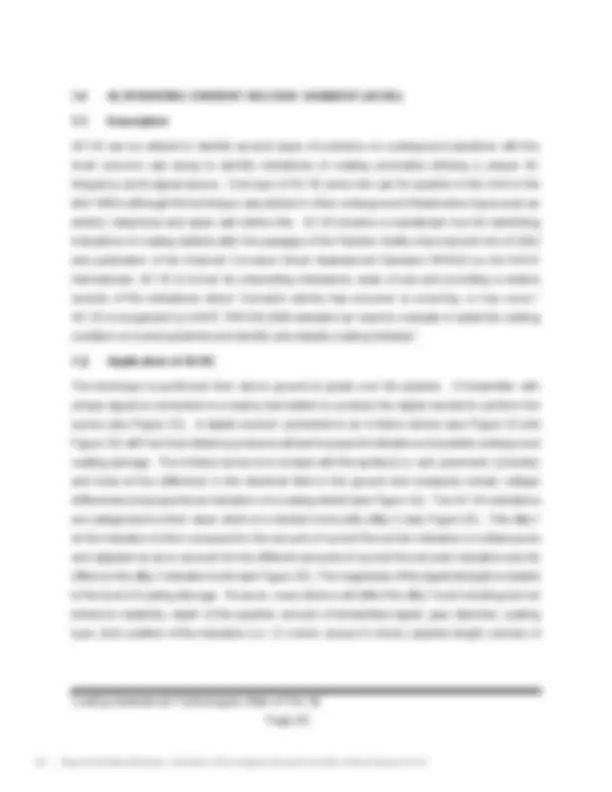
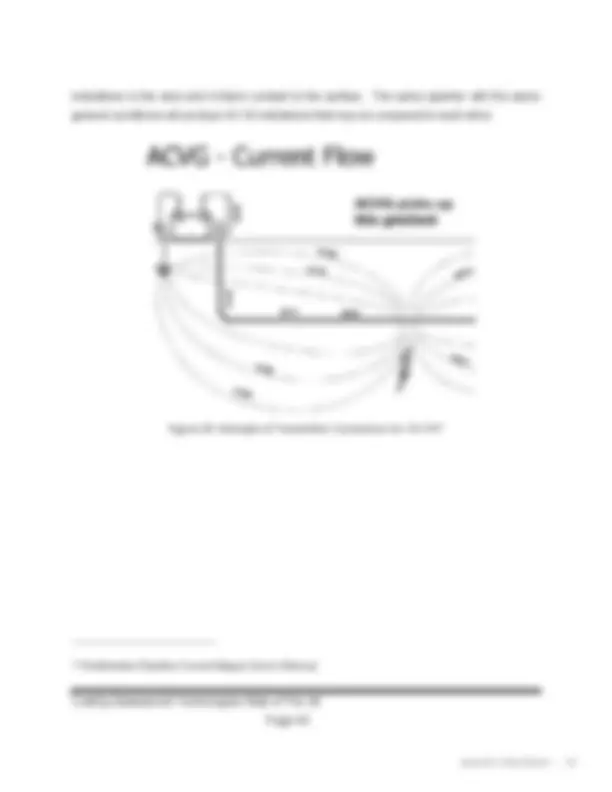
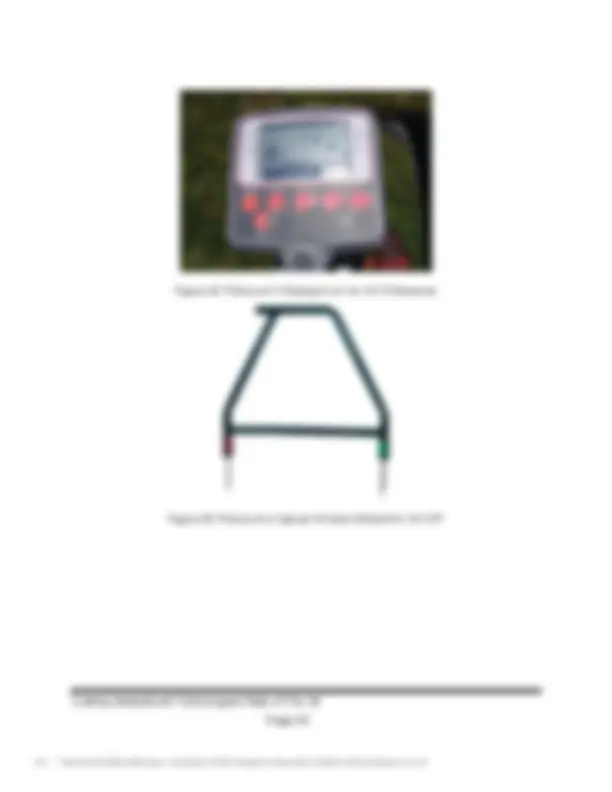
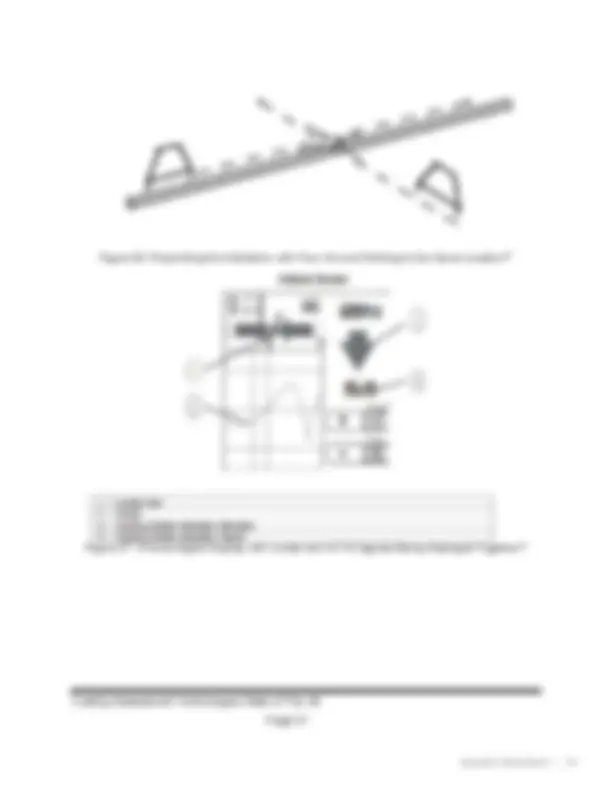
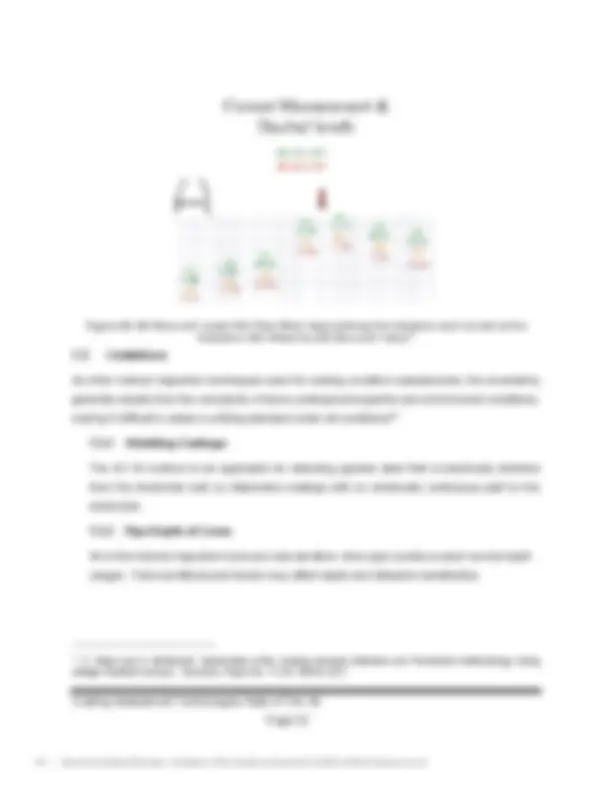
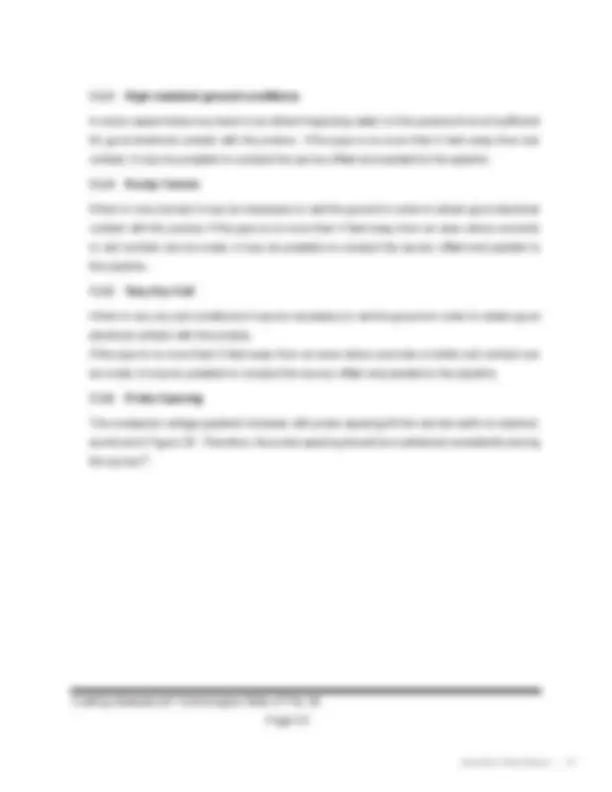
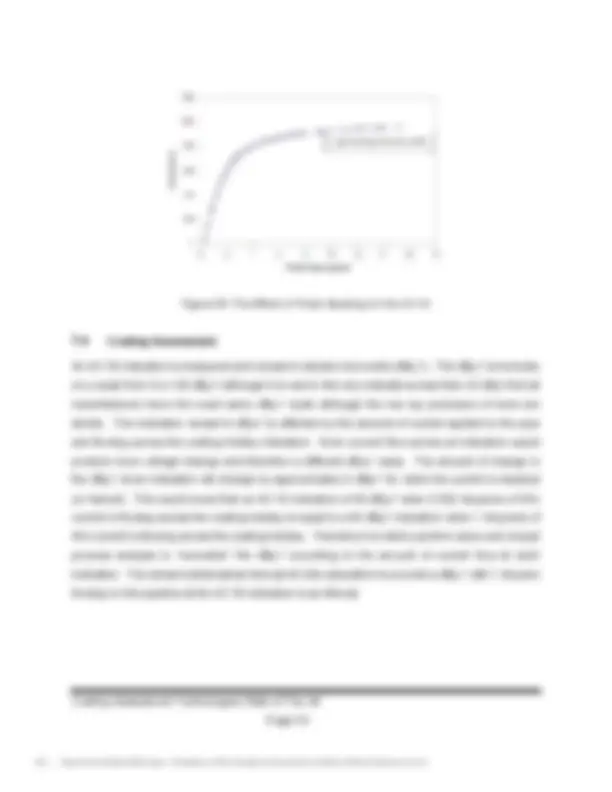
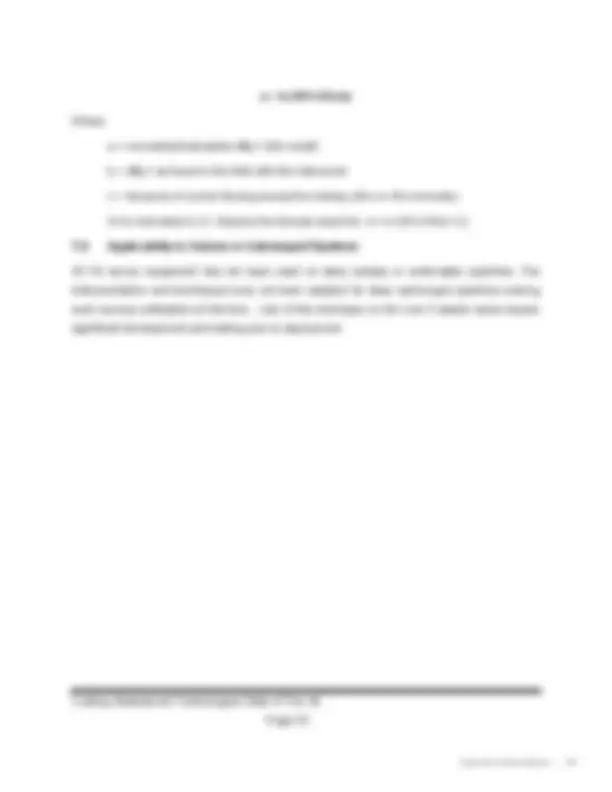
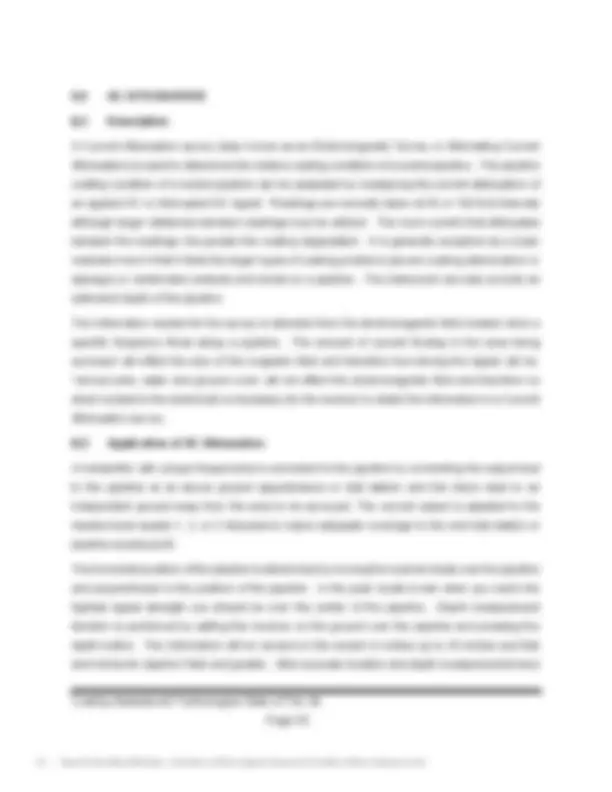
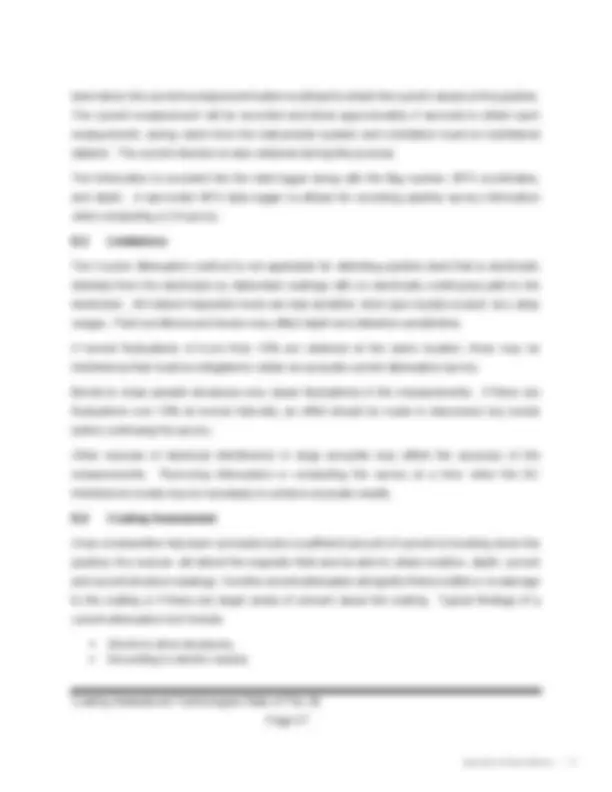
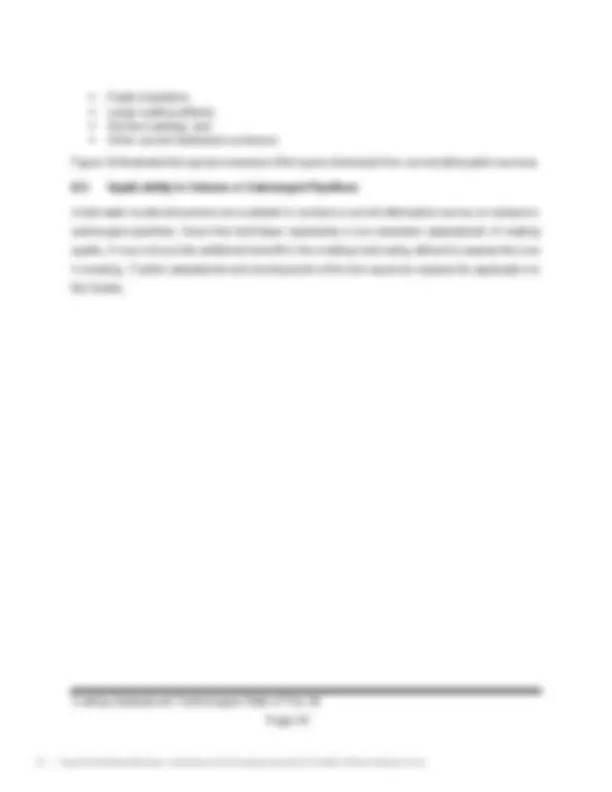
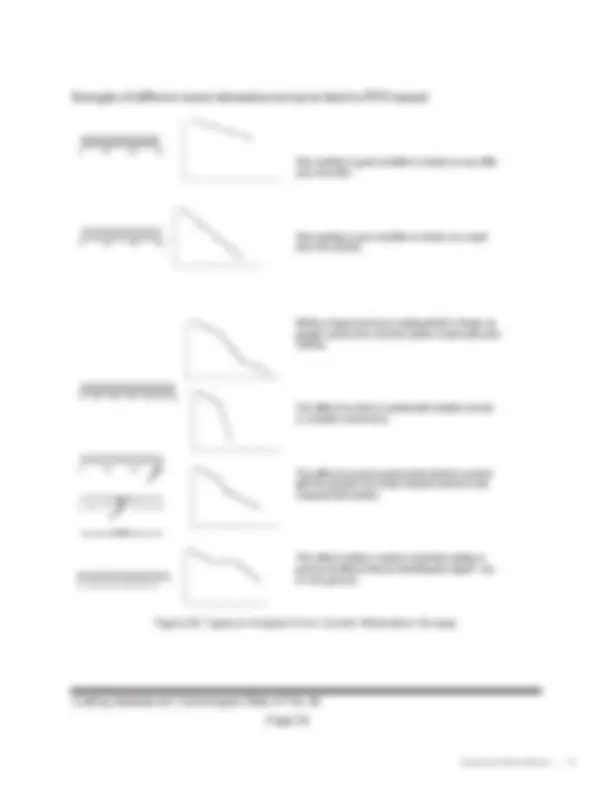
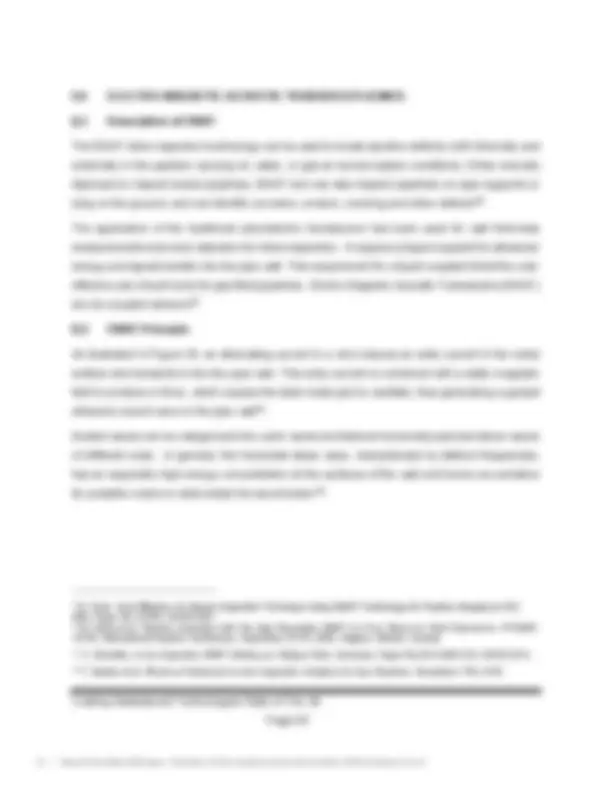
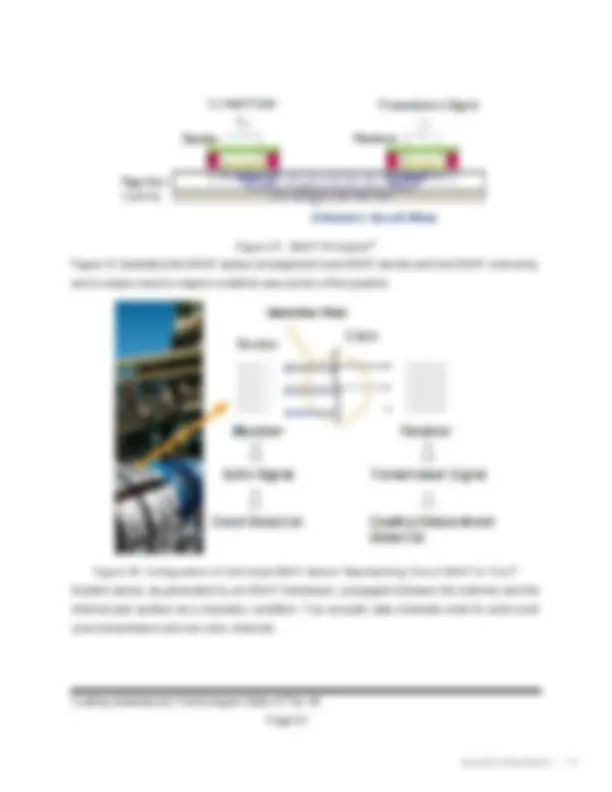
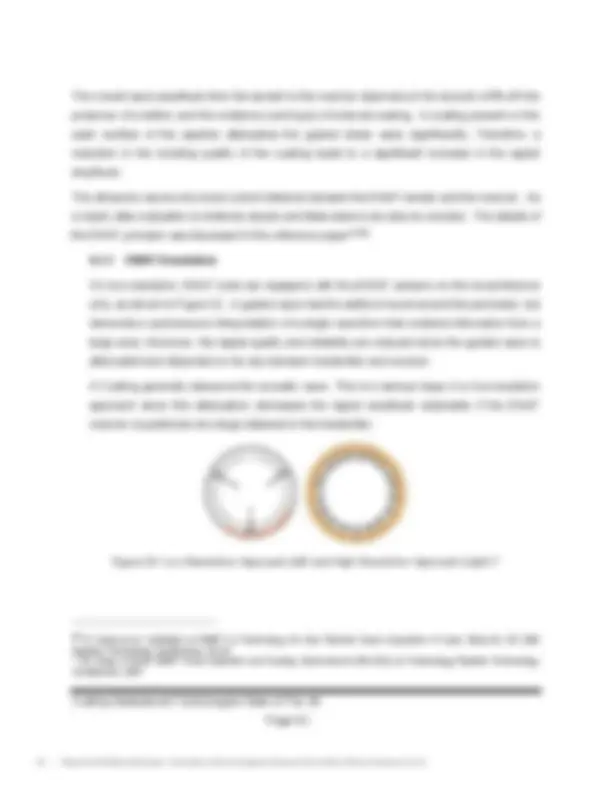
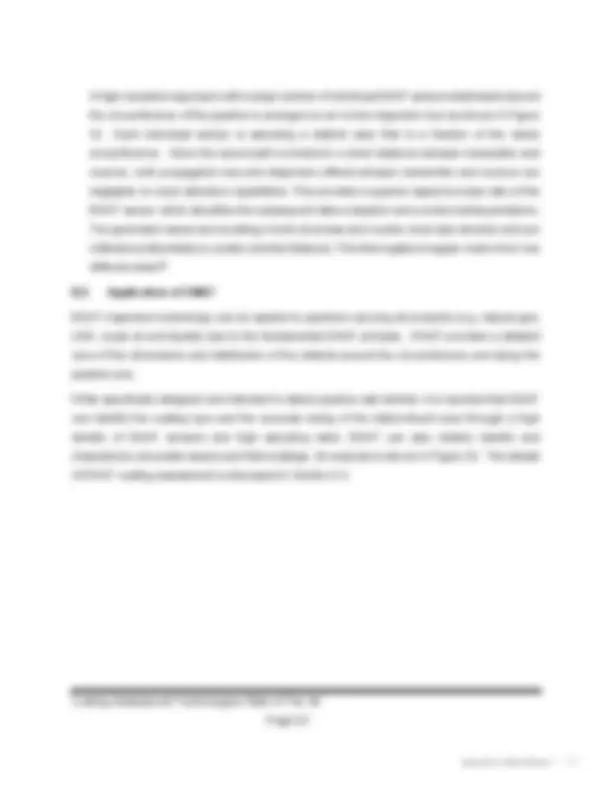
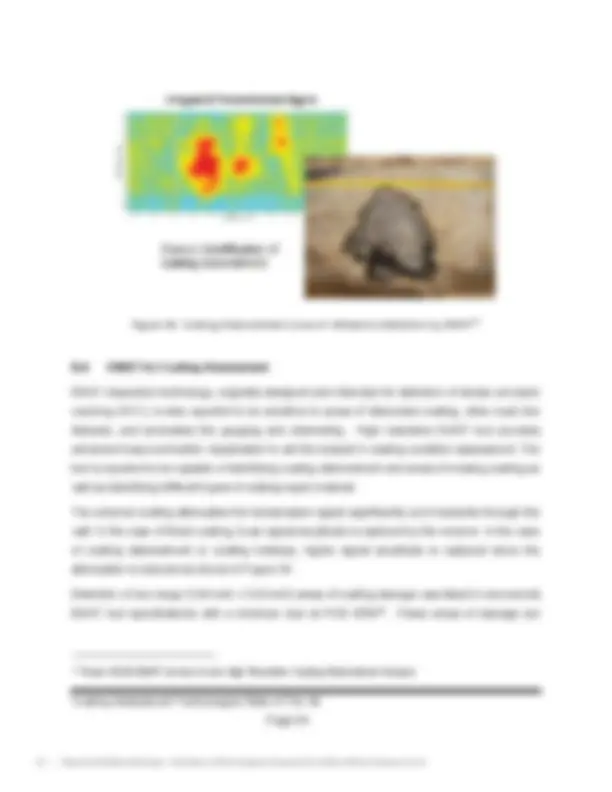
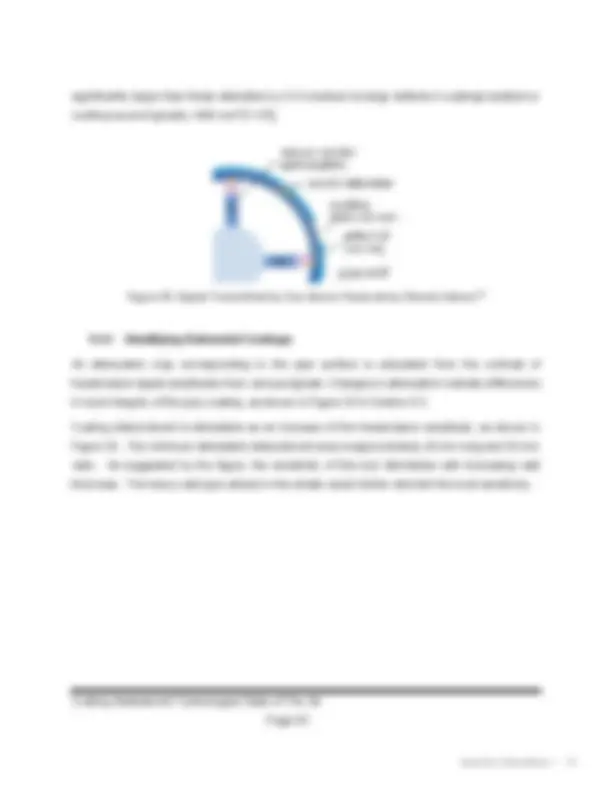
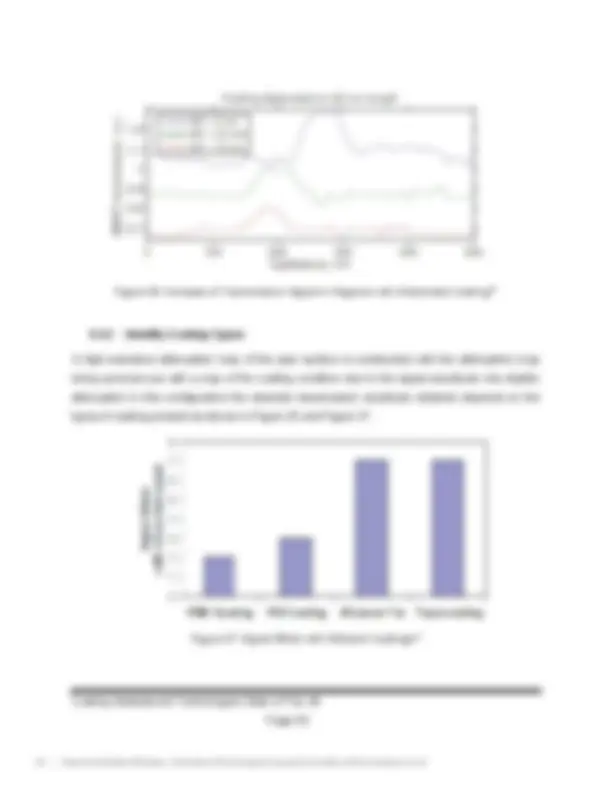
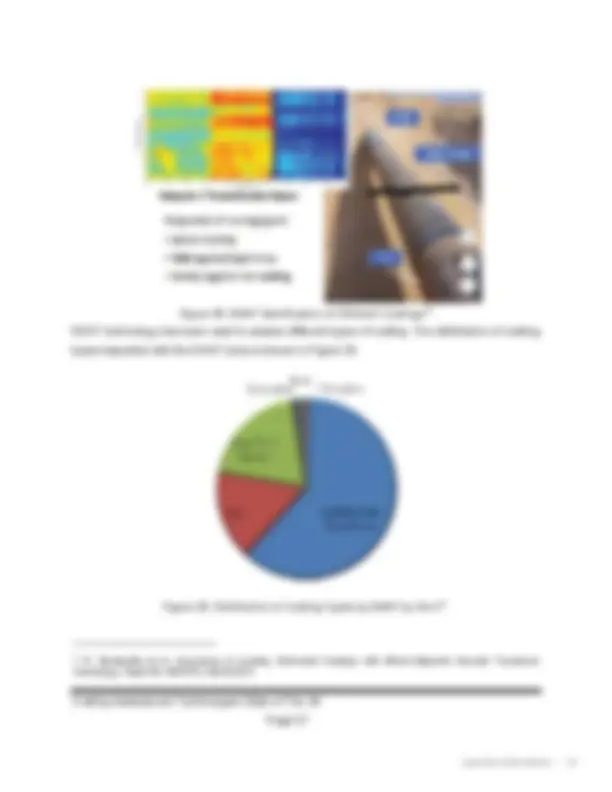
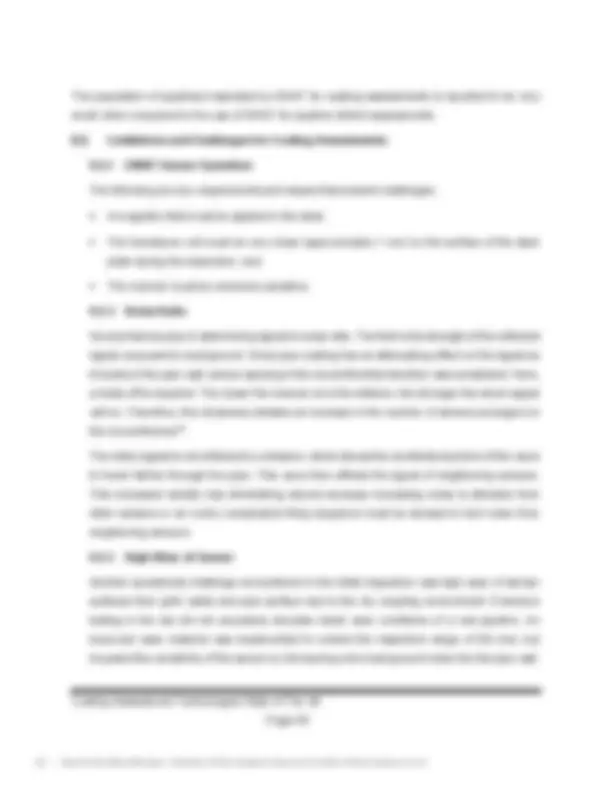
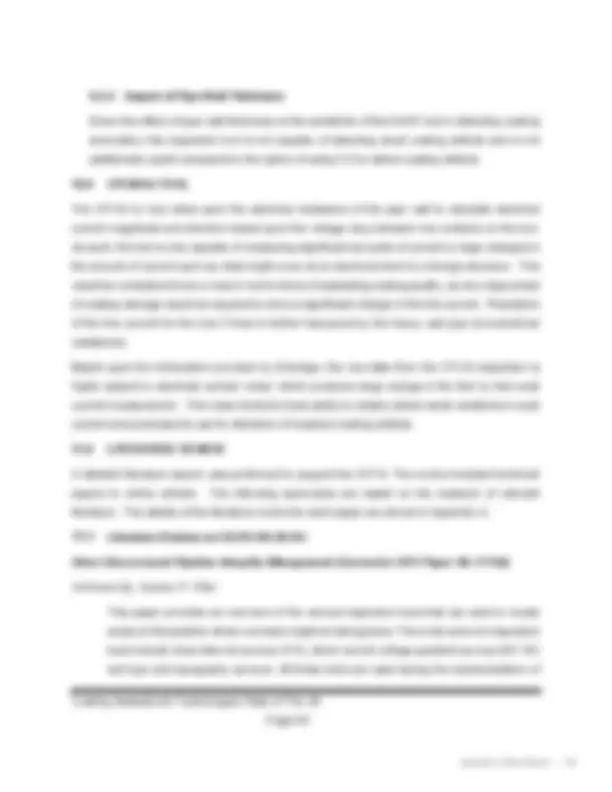
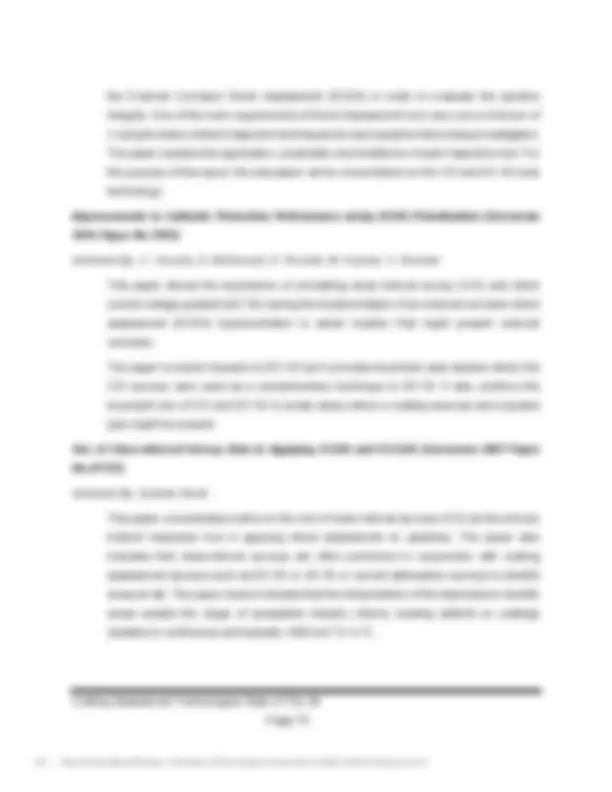
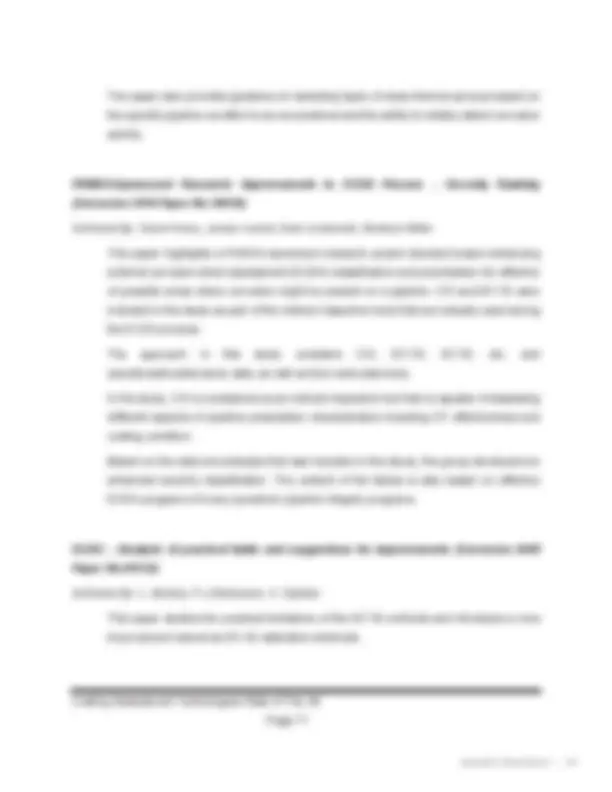
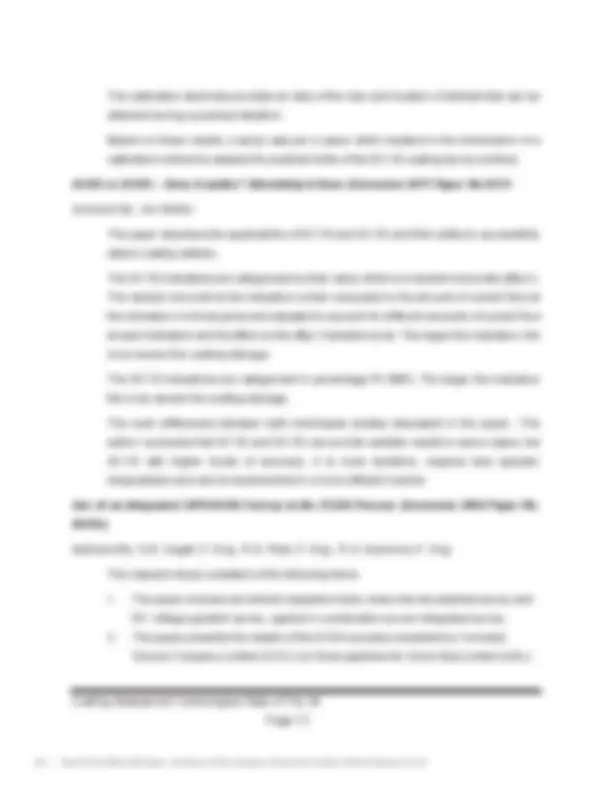
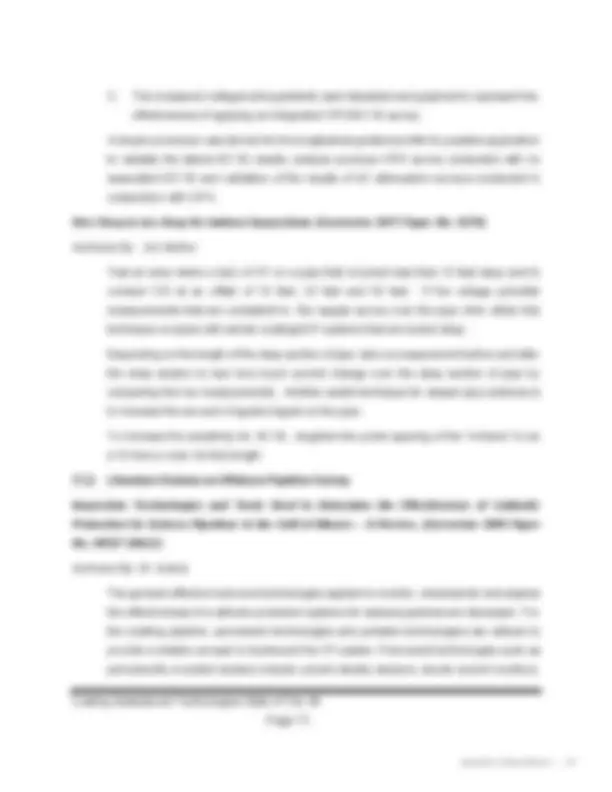
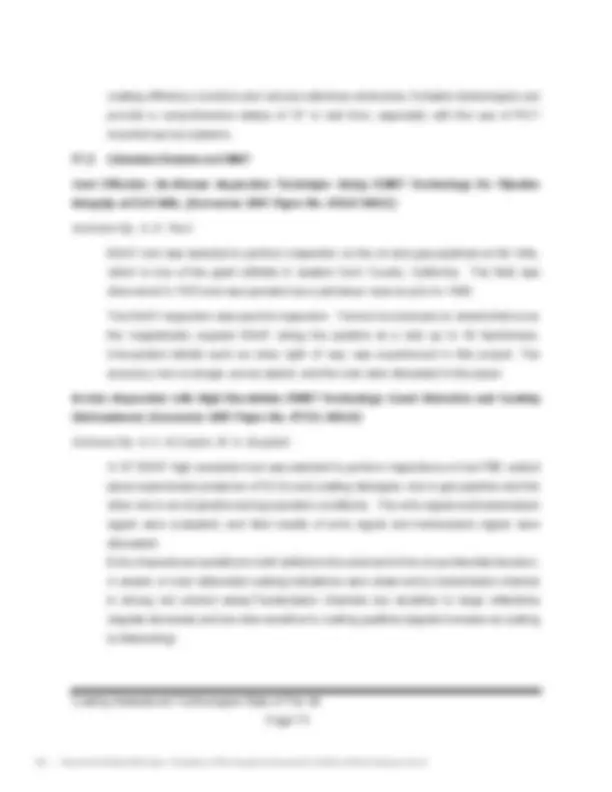
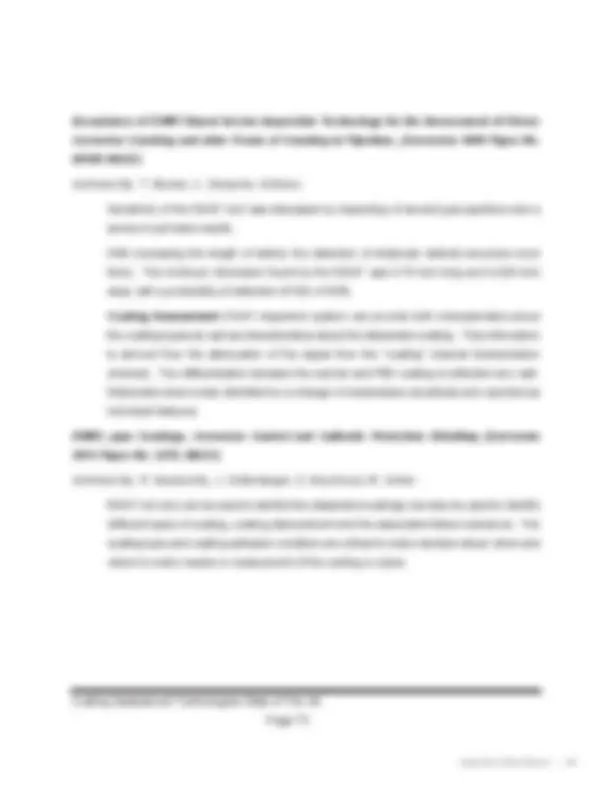
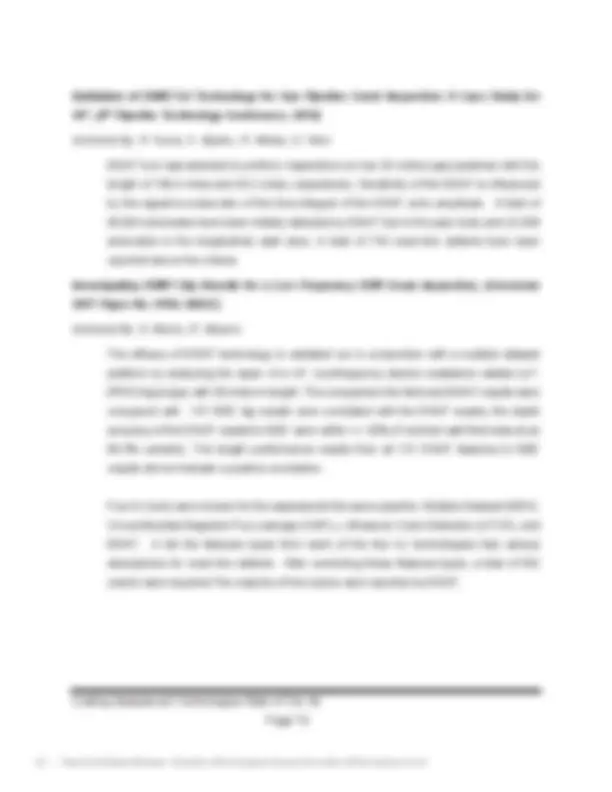
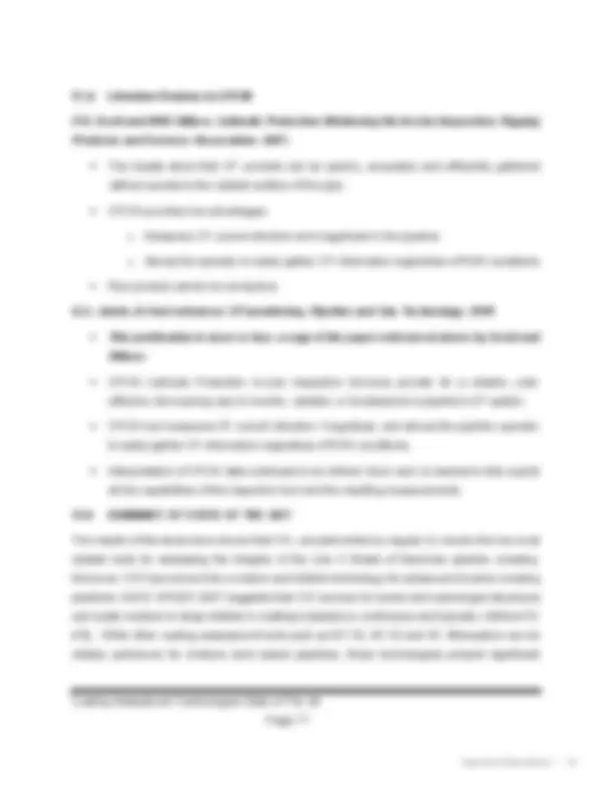
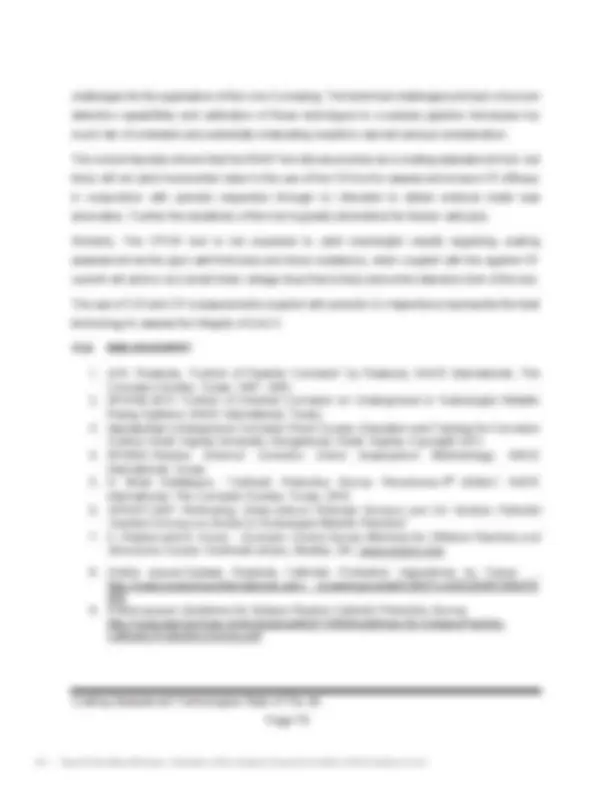
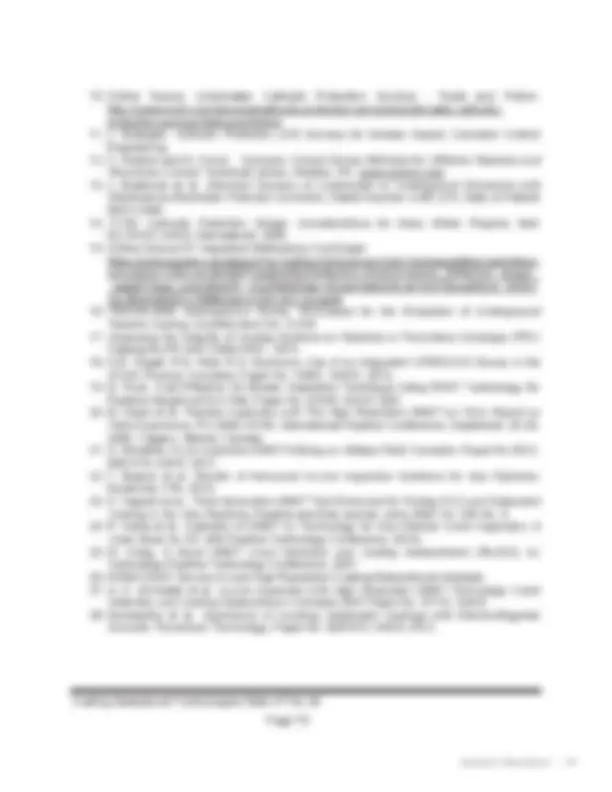
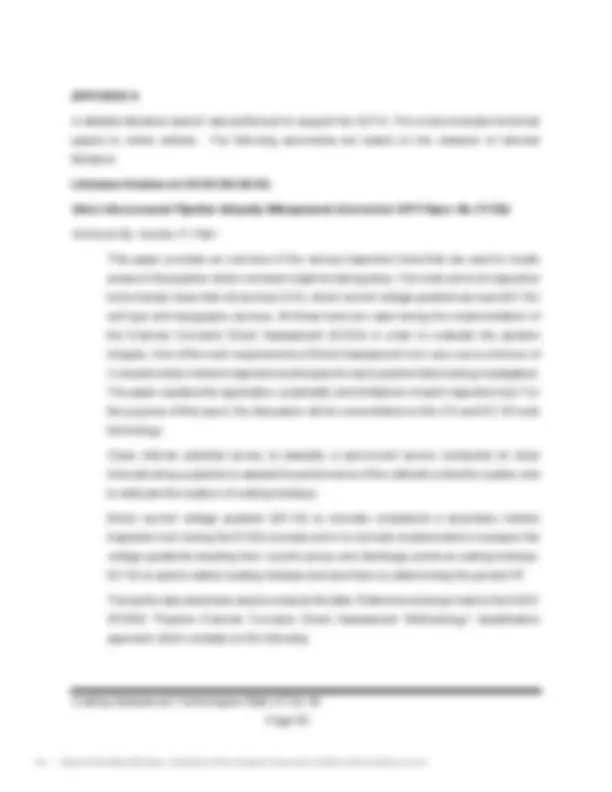
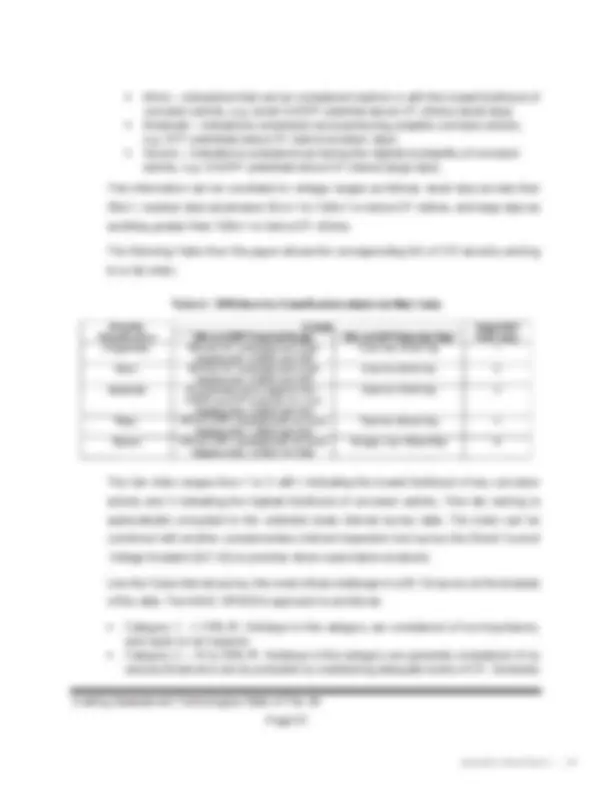
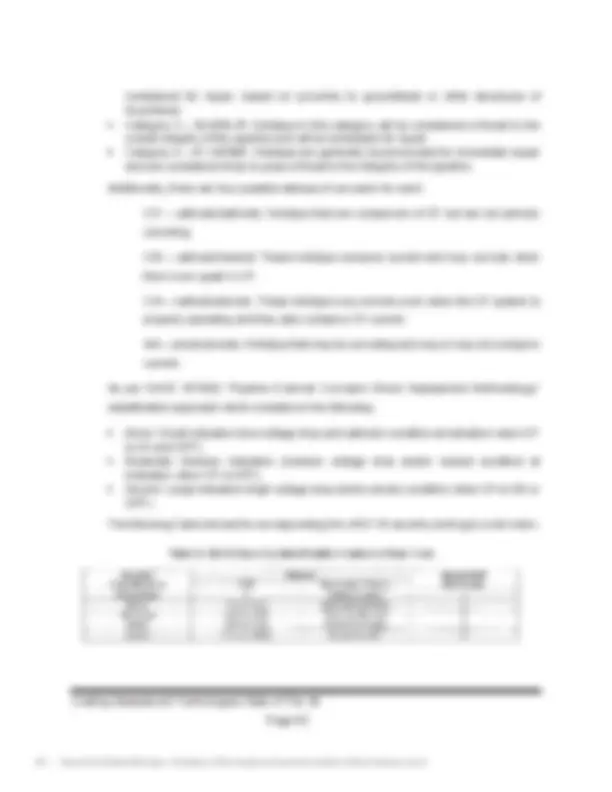
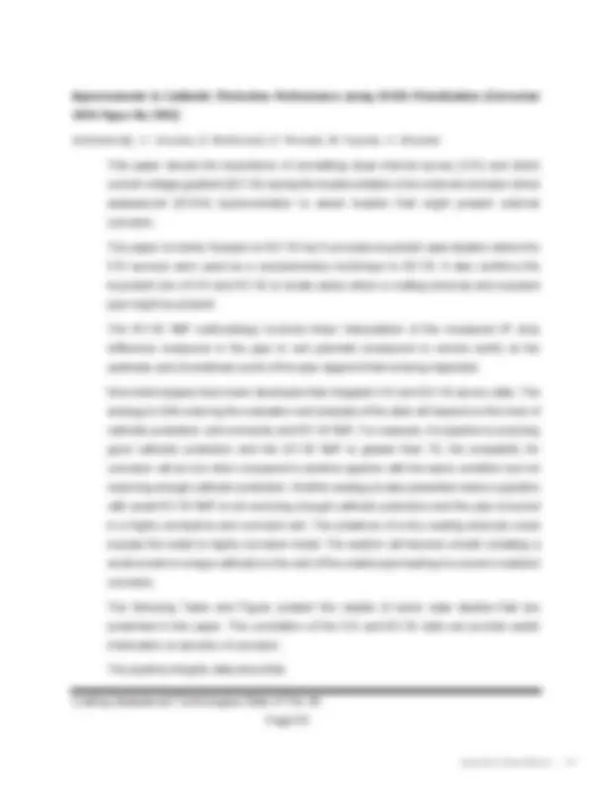
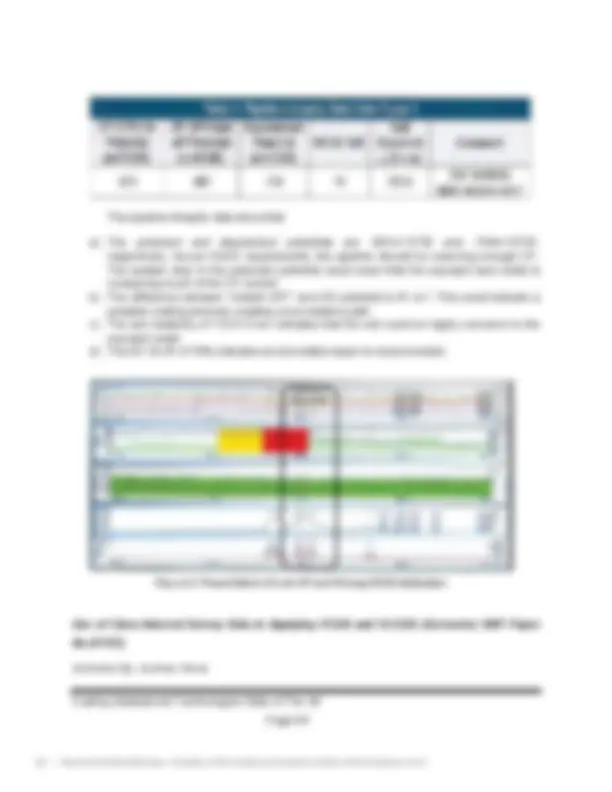


Study with the several resources on Docsity

Earn points by helping other students or get them with a premium plan


Prepare for your exams
Study with the several resources on Docsity

Earn points to download
Earn points by helping other students or get them with a premium plan
Community
Ask the community for help and clear up your study doubts
Discover the best universities in your country according to Docsity users
Free resources
Download our free guides on studying techniques, anxiety management strategies, and thesis advice from Docsity tutors
PDF version and document size or
Typology: Study notes
1 / 127

This page cannot be seen from the preview
Don't miss anything!





























































































Evaluation of technologies
to assess the condition
of pipe coating on Line 5
External coating and cathodic protection (CP) are used synergistically to prevent external corrosion and metal loss on Enbridge’s Dual Pipelines across the Straits. The external coating system provides a primary barrier between the steel and the environment and substantially reduces the amount of metal requiring CP. CP is an electrochemical method of preventing corrosion where metal is exposed to aqueous environments. Section D of the Agreement required Enbridge to assess technologies that would be capable of detecting damage to the external coating used on the Dual Pipelines across the Straits. Importantly, such technologies should be practicable and provide additional benefit to the objective of managing external corrosion on the Dual Pipelines—over and above Enbridge’s existing suite of external corrosion management practices, which include:
Previous investigation—including regular ILI performed as part of Enbridge’s integrity management program, the Enbridge Line 5 Biota Investigationi, the Enbridge Line 5 Screw Anchor Inspectionsii, and all associated third-party reporting—have demonstrated that measureable external corrosion on the Dual Pipelines is non-existent, that the environment in the Straits is minimally corrosive, that the biota is not creating uniquely corrosive conditions on the pipe surface, and that CP on the pipeline is protecting the pipe from corrosion by, in part, creating protective calcareous deposits at areas of coating damage. This report uses input from a variety of data sources (see Sources of Data) to assess technologies capable of detecting coating damage, and provides recommendations about their potential to provide additive benefit to Enbridge’s management of external corrosion on the Dual Pipelines in the Straits.
Enbridge engaged an industry-leading engineering consulting firm, Mears Group Inc. (Mears)^1 , to perform a detailed review of potential technologies for detecting coating damage on submarine/offshore pipelines. Elements of this effort included:
The Mears report is included in this document as Appendix A.
Enbridge accessed additional industry research through its membership to Pipeline Research Council International (PRCI)^2 and other subscription reference libraries, including the ASM Corrosion Analysis Network^3. Such technical resources (requiring membership or subscription) is often state-of-the-art or industry leading. In some cases, this information is not available to Mears or the general public.
In some cases, vendors of specific technologies were unable to share proprietary information directly with Mears due to competing commercial interests. In these cases, Enbridge leveraged its access to such proprietary information to evaluate the potential of these technologies to detect coating damage on submarine/offshore pipelines.
Enbridge has in-house experience with eight of the nine technologies that are part of this assessment. Enbridge has leveraged the experience of its staff to provide additional commentary about these technologies for detecting coating damage on submarine/offshore pipelines.
1 Mears Group, Inc. is an international engineering and construction company encompassing pipeline-related services, including pipeline integrity engineering, testing and construction services. Corrosion prevention and control are at the core of their specialty technical and engineering services. 2 PRCI is a not-for-profit corporation comprised primarily of energy pipeline companies whose mission is to collaboratively deliver relevant and innovative applied research to continually improve global energy pipeline systems. 3 ASM International is the world’s largest and most established materials-information society. The Corrosion Analysis Network is a single source for comprehensive and authoritative online information for researching, understanding, preventing and solving corrosion-related problems.
Third-party
Consultancy
Enbridge
Literature Search
Proprietary
Vendor—
Specific Data
Enbridge Experience
and In-house
Specialists
This element considers the maturity of the technology with respect to industry use with submarine/offshore pipelines. Green is assigned to technologies that are in widespread use for submarine/offshore pipelines and this is reflected in the commercial availability of the technology for that purpose from several vendors. Yellow is assigned to technologies that have extremely limited use (pilot or feasibility projects) but are not yet commonly available for submarine/offshore use. Red is assigned to technologies that are considered at present to be not feasible for submarine/offshore use.
This element considers the known technical limitations specific to conditions of the Straits. Green is assigned to technologies that are expected to provide satisfactory detection capability under the specific circumstances of the Dual Pipelines. Yellow indicates that the specific circumstances of the Dual Pipelines would have a significant impact on that technology’s ability to detect areas of coating damage. Red indicates that there are parameters/circumstances of the Dual Pipelines that would render the technology ineffective.
Submarine/
Offshore Readiness
Applicability to
the Dual Pipelines
Small-defect Detection
Large-defect Detection
Submarine/ Offshore Readiness
Applicability to the Dual Pipelines
Cathodic Protection Close Interval Survey (CP CIS) is performed on a buried or submerged metallic pipeline in order to obtain valid direct current (DC) structure-to-electrolyte potential measurements at a regular interval that is sufficiently small enough to permit a detailed assessment of cathodic protection levels. In its simplest form, this survey requires an electrical connection from the protected pipeline structure to a voltmeter or datalogger, which is connected in turn to a reference electrode placed near the pipeline (typically directly above the pipeline). Voltage measurements are taken every few feet (i.e. at ‘close intervals’) by moving the reference electrode along the length of the pipeline. There are several methodologies to conduct CP CIS surveys, as presented in Appendix A. The methodology that would be most applicable to the Straits crossing would be an interrupted ON/OFF potential survey. CP CIS is intended to provide comprehensive measurement of cathodic protection levels on a pipeline (status of protection with respect to industry and regulatory standards) as opposed to detecting areas of coating damage, yet the technology has been recognized as a coating- assessment techniqueiii. Isolated areas of coating damage smaller than 1 square inch (<600 mm^2 ) are unlikely to be detected by this method; but clusters of closely spaced coating defects will produce an indication similar to large defects. Areas of coating damage that are larger than 1 square inch (>600mm^2 ) create a local depression in the level of cathodic protection and attenuation in the CP IR drop—the difference in potential between the current ON and current OFF CP readings—making these features detectableiv. It is noted that some cathodic protection byproducts (such as calcareous deposits) provide a barrier to the environment, acting similar to a coating, and may reduce the sensitivity of CIS for detecting areas of coating damagev (similar to Alternating Current Voltage Gradient, which is described on pages 7-8). CP CIS is an established practice for onshore pipelines, and several references to submarine/ offshore use were found through industry sources such as NACE International^1 and ASM. Major service providers indicate expertise in submarine/offshore CP CIS, particularly in northern Europe. There are no obstacles specific to the application of this technology on the Dual Pipelines in the Straits.
1 NACE International serves nearly 36,000 members in over 130 countries and is recognized globally as the premier authority for corrosion-control solutions.
Cathodic Protection
Close Interval
Survey
areas of coating damage, resulting in a loss of sensitivity vi. No actual references to ACVG survey projects on submarine/offshore pipelines were discovered during the literature search and no vendors of this service for submarine/offshore pipelines could be identified. Considerable effort and development would be required to adapt this technology for use within the Straits.
Small-defect Detection
Large-defect Detection
Submarine/ Offshore Readiness
Applicability to the Dual Pipelines
Cathodically protected structures receive electrical current through the environment surrounding the structure. The collection of electrical current along a linear structure (such as a pipeline) produces an axial current profile that is dependent on the current density received by the structure—which is dependent on the performance of the external coating system. If current measurements are recorded at regular intervals, the generalized coating performance may be assessed by examining the rate at which electrical current is collected along the pipeline. Alternating Current Attenuation Survey involves the application of a unique AC signal to energize the pipeline. This unique signal is easier to detect than the cathodic protection current (which is DC), and the attenuation characteristics of AC current is more strongly affected by coating performance than DC current—making this more sensitive than a DC current attenuation survey, which is described in the Cathodic Protection Current Mapper In-line Inspection section on page 9. Alternating Current Attenuation Survey is not a technique intended for locating areas of coating damage, but is instead intended to screen pipeline regions (lengths of 150-300 feet) for generalized coating performance variation. It is usually performed in conjunction with ACVG. Anecdotal reports of customized underwater survey equipment were encountered during Enbridge’s data-gathering efforts, but no vendors of this service for submarine/offshore pipelines were identified. This technology is not readily available for underwater use, but could be adapted for use within the Straits.
Small-defect Detection
Large-defect Detection
Submarine/ Offshore Readiness
Applicability to the Dual Pipelines
Electromagnetic acoustic transducers (EMATs) use electromagnetic energy to induce acoustic energy into a pipe wall. Sensors are used to evaluate the transmission of this energy along short distances of the pipe wall in both the axial and circumferential directions. Pipe wall features such as cracking, metal loss, and changes in the external coating performance produce variations in the acoustic energy transmission. A detailed examination of the pipe wall is created as the in-line inspection tools transits the pipeline—propelled by fluid flow. This in-line inspection technology was first developed to detect mid-wall flaws for gas transportation pipelines, but subsequent analysis conducted as part of pipe inspection demonstrated that the acoustic signal was modified by the type and quality of external coatingvii. While the technology is considered ‘ready’ for both onshore and submarine/offshore pipelines, the extremely thick pipe wall of the Dual Pipelines adversely affects the technology’s sensitivity to detecting even very large (>16-square-inch) areas of coating damage. Only one vendor was found with an EMAT in-line inspection tool capable of running in the Dual Pipelines, but the pipe wall thickness of the Dual Pipelines are outside the specified operating range—rendering this technology unfeasible at the present time.
Alternating Current
Attenuation Survey
Electromagnetic
Acoustic Transducer
In-line Inspection
Small-defect Detection
Large-defect Detection
Submarine/ Offshore Readiness
Applicability to the Dual Pipelines
Cathodically protected structures receive electrical current through the environment surrounding the structure. The collection of electrical current along a linear structure (such as a pipeline) produces an axial current profile that is dependent on the current density received by the structure—which is dependent on the performance of the external coating system. If current measurements are recorded at regular intervals, the generalized coating performance may be assessed by examining the rate at which electrical current is collected along the pipeline. The Cathodic Protection Current Mapper (CPCM) is an in-line inspection technology that measures axial DC current flow in a pipeline directly—by measuring the voltage drop along the length of the in-line inspection tool. When electrical current passes through a metal conductor of known or calculable resistance, a reproducible axial voltage gradient is produced along the pipe. The original intent of this in-line inspection technology was to detect step changes in axial current in pipelines such as those created by unintentional or unknown bonds to foreign structures. The attenuation profile of the CP current is also used as a general indicator of coating performance, similar to the Alternating Current Attenuation survey described on page 8. This inline inspection technology is not intended—nor is it sensitive enough—to detect small or large areas of coating damage in thick-wall pipe. This technology was briefly available to pipeline operators from 2012 to 2018 through a single vendor, but it was removed from commercial availability in 2018.
Small-defect Detection
Large-defect Detection
Submarine/ Offshore Readiness
Applicability to the Dual Pipelines
For external corrosion to affect the safety of the Dual Pipelines in the Straits (i.e. creating a leak or rupture threat), several coincident requirements must be satisfied:
Metal Loss In-Line Inspection (ML-ILI) can be accomplished using a variety of technologies that measure pipe wall thickness directly or indirectly with very high resolution—typically at intervals of ¼ inch axially along the pipeline and ¼ inch circumferentially around the pipeline. ML-ILI can only infer coating damage by detecting that measurable corrosion has occurred. External corrosion cannot occur where coating is bonded and intact because the coating prevents contact between the pipe wall and the corrosive environment. Although the absence of external corrosion does not provide assurance that a coating is in good condition, the presence of external corrosion is a very reliable indicator that coating damage is present. As such, small and large areas of coating damage that have produced small and large areas of metal loss are reliably detectable. A ‘yellow’ grading is assigned to this element because of the sensitivity of the technology to detecting metal loss that occurs at areas of coating damage.
Cathodic Protection
Current Mapper
In-line Inspection
Metal Loss In-line
Inspection
Enbridge engaged external third-party experts (Mears) and leveraged internal subject matter expertise to assess several technologies that potentially would be capable of detecting damage in the external coating used on the Dual Pipelines across the Straits. The following table provides a summary of that assessment.
Technology
Small-defect Detection
Large-defect Detection
Submarine/ Offshore Readiness
Applicability to the Dual Pipelines Cathodic Protection Close Interval Survey Direct Current Voltage Gradient Survey Alternating Current Voltage Gradient Survey Alternating Current Attenuation EMAT In-line Inspection
CP Current Mapper ILI
Metal Loss ILI
Visual Examination
High-voltage Holiday Detection
Enbridge’s internal and external assessment of technologies capable of detecting coating damage on the Dual Pipelines both concluded that the only technology that can be readily deployed on the Dual Pipelines is Cathodic Protection Close Interval Survey (CP CIS), which Enbridge will execute in the summer of 2018. This technique is capable of detecting clusters of small areas of coating damage as well as isolated large areas (>1 square inch, 600 mm^2 ). CP CIS, in conjunction with Metal Loss ILI, is considered industry best practice for preventing and managing external corrosion of piggable pipelines. This is further supported by the performance of the corrosion prevention system throughout the pipeline’s operating history, and the resulting absence of any significant corrosion on the pipelines throughout the Straits. DCVG and ACVG are similar and are both the next most promising technologies for detection of small, isolated areas of coating damage (<1 square inch, 600 mm^2 ). However, substantial development would be required to adapt these technologies for use on submarine/offshore pipelines—and doing so would provide minimal benefit over the existing activities planned in the Straits. The sensitivity of these techniques for submarine/offshore application is not known. The related technique of electrical field measurement (EFG) is cited as a useful addition to submarine/offshore CP CIS. Enbridge CP CIS plans in 2018 include redundant reference cells and dataloggers to ensure successful collection of cathodic-protection potentials. This redundancy will be leveraged to obtain simultaneous EFG data.
i (^) “Biota Investigation Work Plan Final Report”, Enbridge Energy, Limited Partnership, March 29, 2018. Retrieved from https://www.epa.gov/enbridge-spill-michigan/enbridge-line- 5-biota-investigation. ii (^) “Anchor Inspection Work Plan: Interim Report”, Enbridge Energy, Limited Partnership, January 16, 2018, available upon request. iii (^) Segall, S., Gummow, R., Zahraee, M., Fingas, D., “Assessing the Integrity of Coating Systems on Pipelines in Trenchless Crossings”, Cataloque No. PR-444-133602-R01, Pipeline Research Council International, ©2015. iv (^) Standard Practice: “Performing Close-Interval Potential Surveys and DC Surface Potential Gradient Surveys on Buried or Submerged Metallic Pipelines”, SP0207-2007, Item No. 21121, NACE International, Houston, TX ©2007. v (^) Ukiwe, C. and McDonnell, S., “Assessing the Performance of Above Ground Coating Evaluation Surveys”, Catalogue No. L52362, Pipeline Research Council International, 2008, ©2012. vi (^) Ukiwe, C. and McDonnell, S., “Assessing the Performance of Above Ground Coating Evaluation Surveys”, Catalogue No. L52362, Pipeline Research Council International, 2008, ©2012. vii (^) “Augmenting MFL Tools with Sensors that Assess Coating Condition” (Battelle Memorial Institute), Catalogue No. L52298, Pipeline Research Council International, ©2009.
4500 N. Mission Rd. * Rosebush, MI 48878 * ph: (989) 433-2929 * fax: (989) 433-5433 * www.mearscorrosion.com
Straits of Mackinac Line 5
Coating Assessment Technologies
State of The Art
Coating Assessment Technologies State of The Art
Page 1
EXECUTIVE SUMMARY
Mears Group, Inc. (Mears) has been retained by Enbridge to provide a state-of-art report
describing available survey technologies to assess coating damage on in-situ pipelines. This
assessment includes a review of the current available technologies and the potential application
to assess coating condition on the underwater segments of the Line 5 crossings of the Straits of
Mackinac.
The scope of work consisted of three tasks:
Task 1 – Review Literature on Available Technologies,
Task 2 – Determine Applicability to Straits of Mackinac Line 5, and
Task 3 – Summarize the Findings in a State-of-the-Art Report.
The technologies reviewed in this report include Close Interval Survey (CIS), Direct Current
Voltage Gradient (DCVG), Alternating Current Voltage Gradient (ACVG), AC Attenuation, Electro-
Magnetic Acoustic Transducer In-Line Inspection (EMAT ILI), Cathodic Protection Pipeline
Inspection (CPCMTM). The industry standards, practice and guidelines are summarized for each
technology. Special focus was on the applications for utilizing these techniques to assess coating
anomalies on underwater pipelines such as the Line 5 crossings of the Straits of Mackinac. A
literature review of these technologies was performed and summarized in this report.
The CIS survey has been successfully used throughout the world to assess CP levels on subsea
and submerged pipelines and is deemed to be the most reliable indirect inspection tool for this
application. NACE SP0207-2007 indicates that CIS can locate medium-to-large defects in
coatings (isolated or continuous and typically >600 mm 2 [1 in^2 ]).
DCVG surveys are capable of distinguishing between isolated and continuous coating damage,
due to the fact that the shape of the gradient field surrounding a fault provides this information.
DCVG can also be used to identify isolated coating damage, such as rock damage, or continuous
coating damage. The vast majority of DCVG surveys have been performed on land based buried
pipelines. The commonly used instrumentation and techniques are not adapted for deep
submerged pipelines making such surveys unfeasible.
Coating Assessment Technologies State of The Art
Page 3
defects in addition to comprehensive cathodic protection status, while periodic metal loss ILI
continues to be the preferred industry standard and best practice for monitoring corrosion.
The results of this study have shown that CIS and ILI remain the two most reliable tools for
assessing the integrity of the Line 5 Straits of Mackinac pipeline crossing. Moreover, CIS has
evolved into a mature and reliable technology for subsea and marine crossing pipelines.
Table of Contents